Kellum-Noble House
The Kellum-Noble House, built in 1847
First preserved from demolition in 1954 by the Houston Heritage Society, the Kellum-Noble House is perhaps Solid Rock Constructors’ most notable project. Located in Sam Houston Park in downtown Houston, the Kellum-Noble house is Houston’s oldest surviving structure, remaining on the same site as when it was originally built in 1847. At 167 years old, this historic building was in need of a complete restoration and structural stabilization. Solid Rock Constructors gave this house – once a home, once the site of Houston’s first public school, and now a museum – a completely fresh and re-stabilized foundation, preserving the original one.
From new concrete beams in the foundation, to new floorboards and roofing and utilities, we partnered with IC Coatings to ensure that the Kellum-Noble House’s contributions to the history of the city of Houston can continue in safety and dignity, while its historic structure and design remained intact.
Read about the Kellum-Noble House and its history (Link to this article? Or Heritage Society’s page on the Kellum-Noble House):
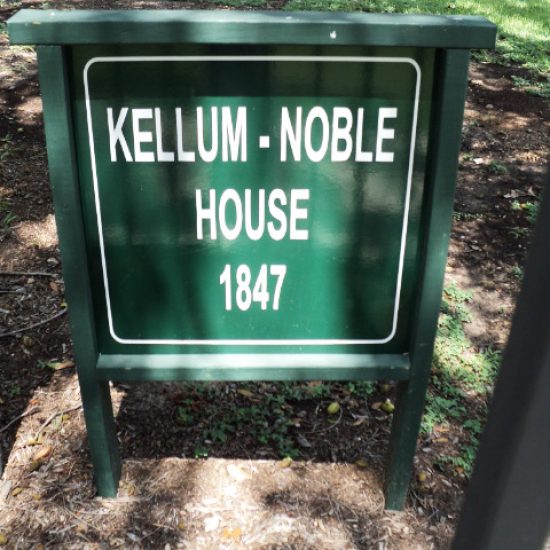
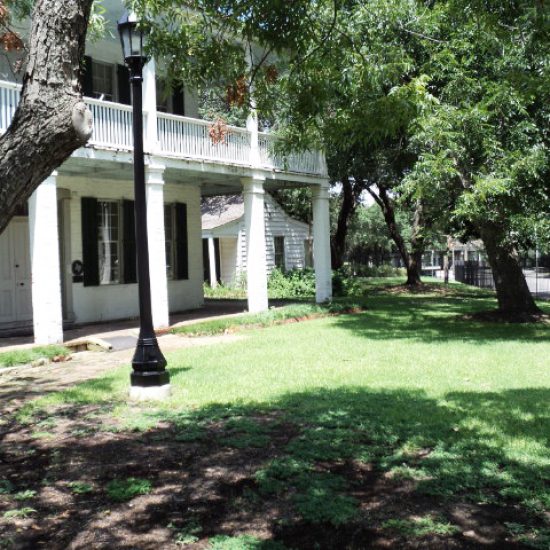
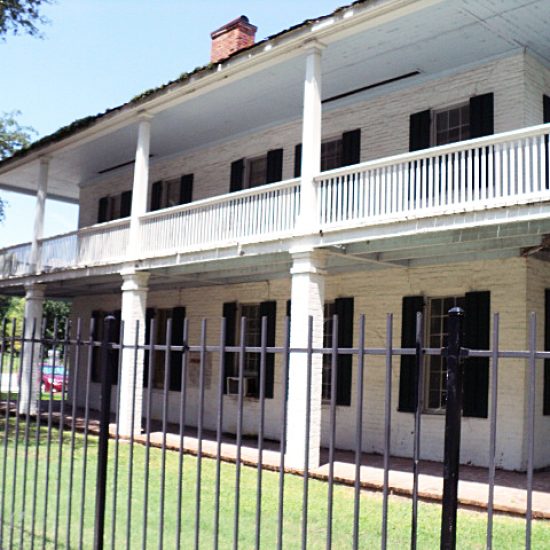
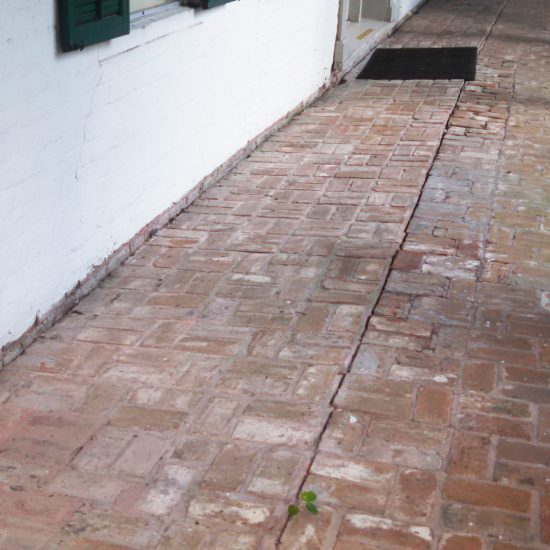
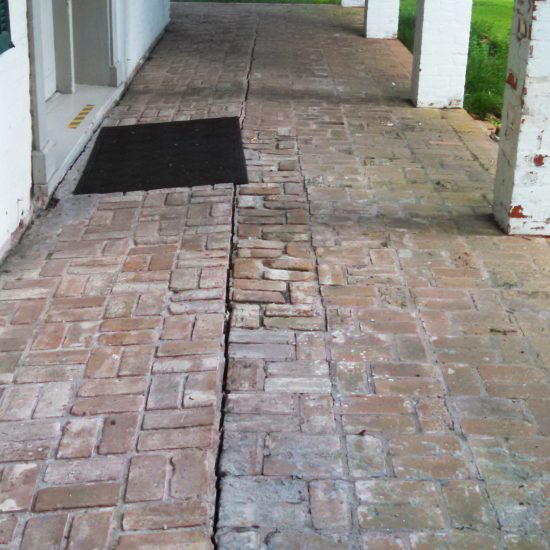
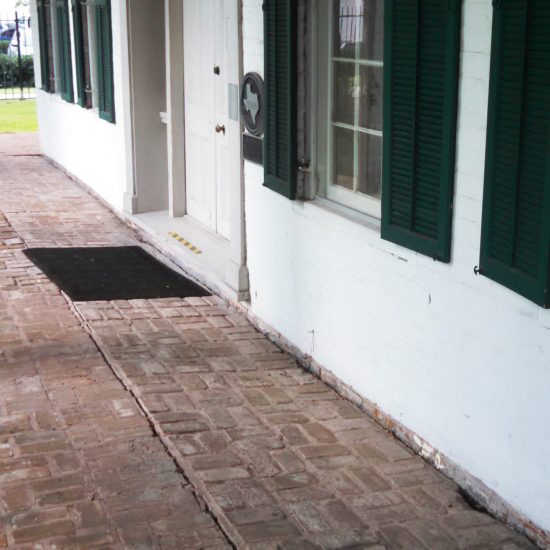
Existing Conditions
The concern was that the building sunk in and there were cracks in the walls and a very apparent foundation failure.
You can see a long crack running down the center of the exterior walkway. We will be demoing all the brick and interior slab, raising everything back to proper elevations, stabilizing it, and pouring a concrete encasing around existing foundation, fixing and preserving it.
Also we installed drainage next to the building to prevent water flooding into the building slab soil and causing future foundation problems.
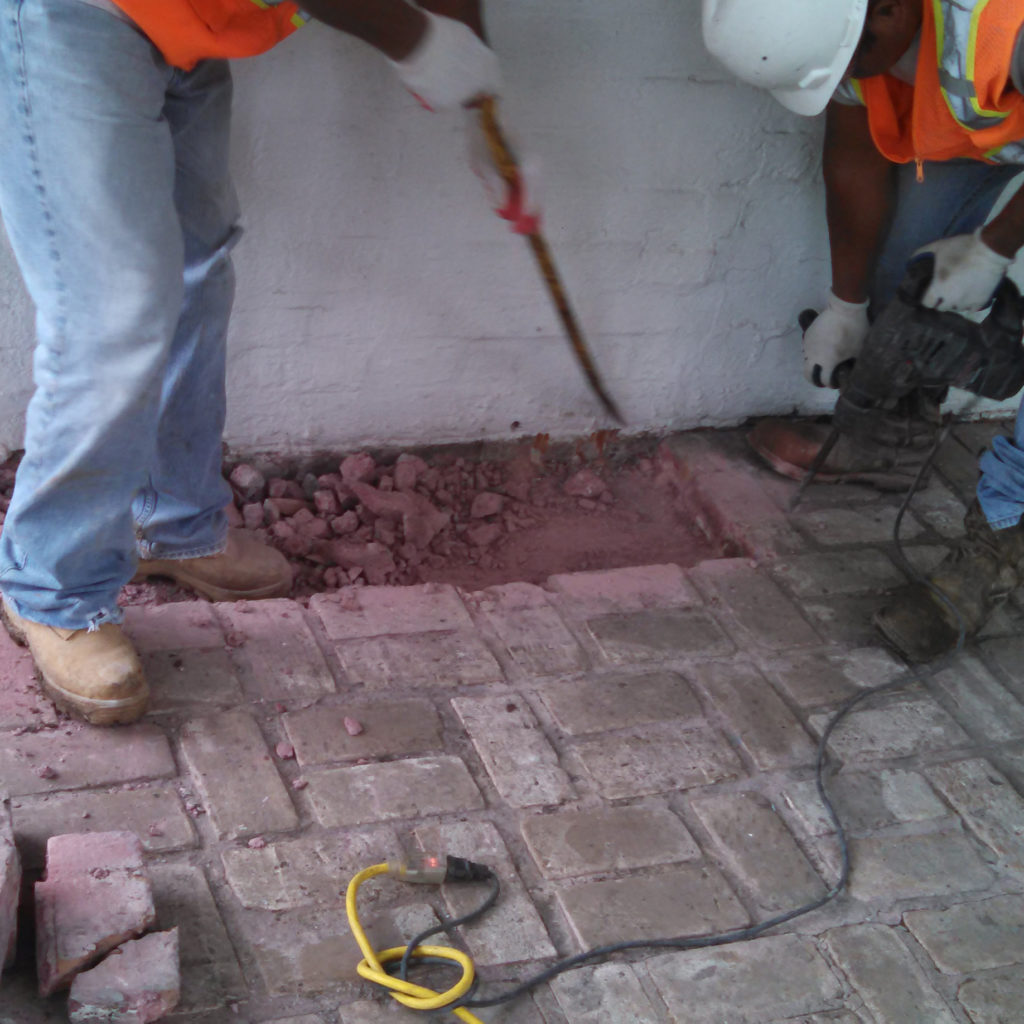
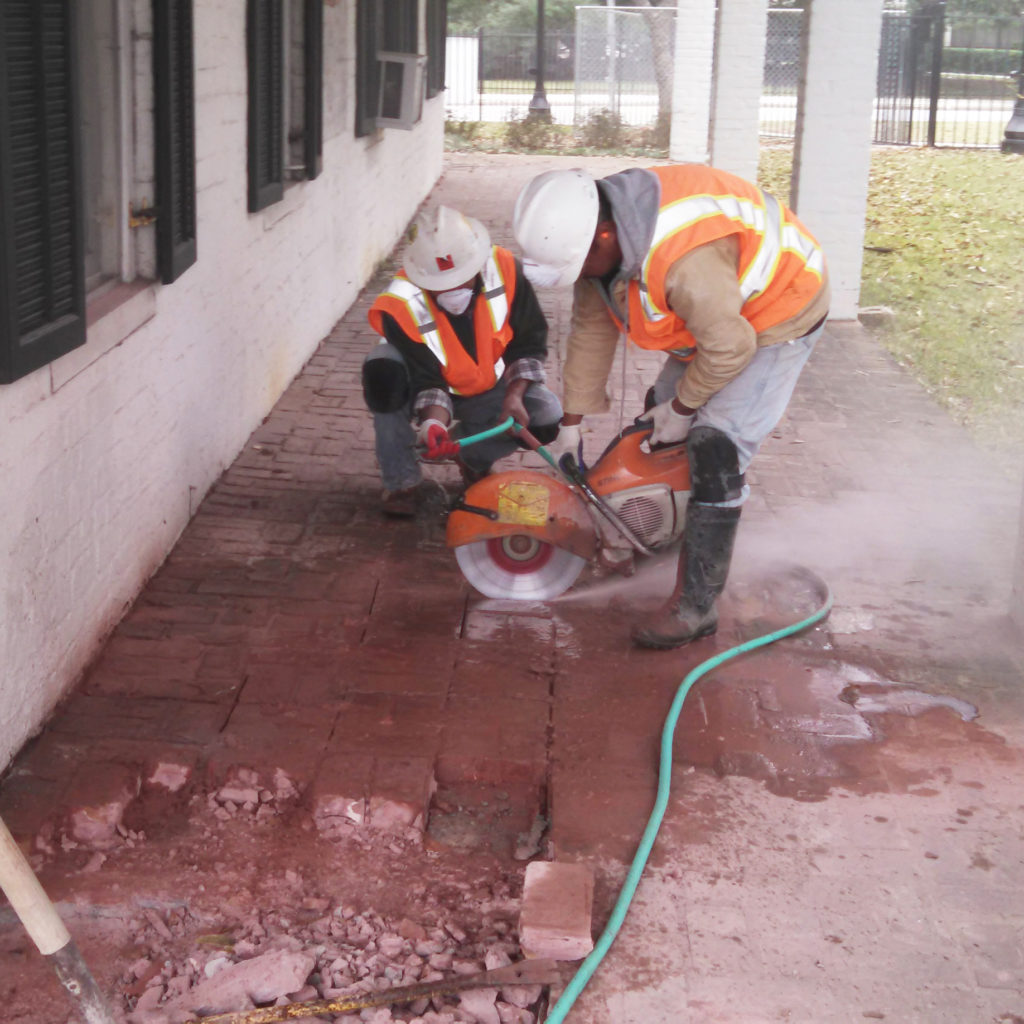
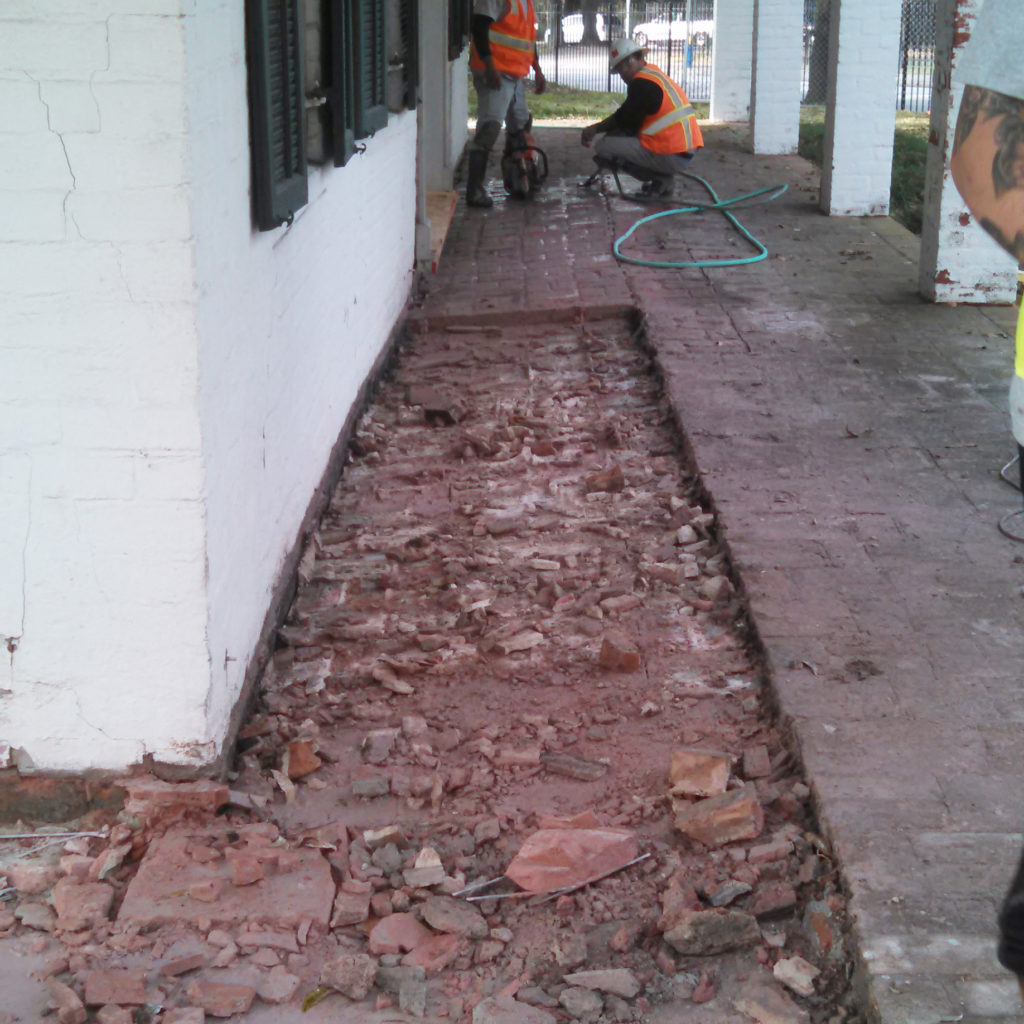
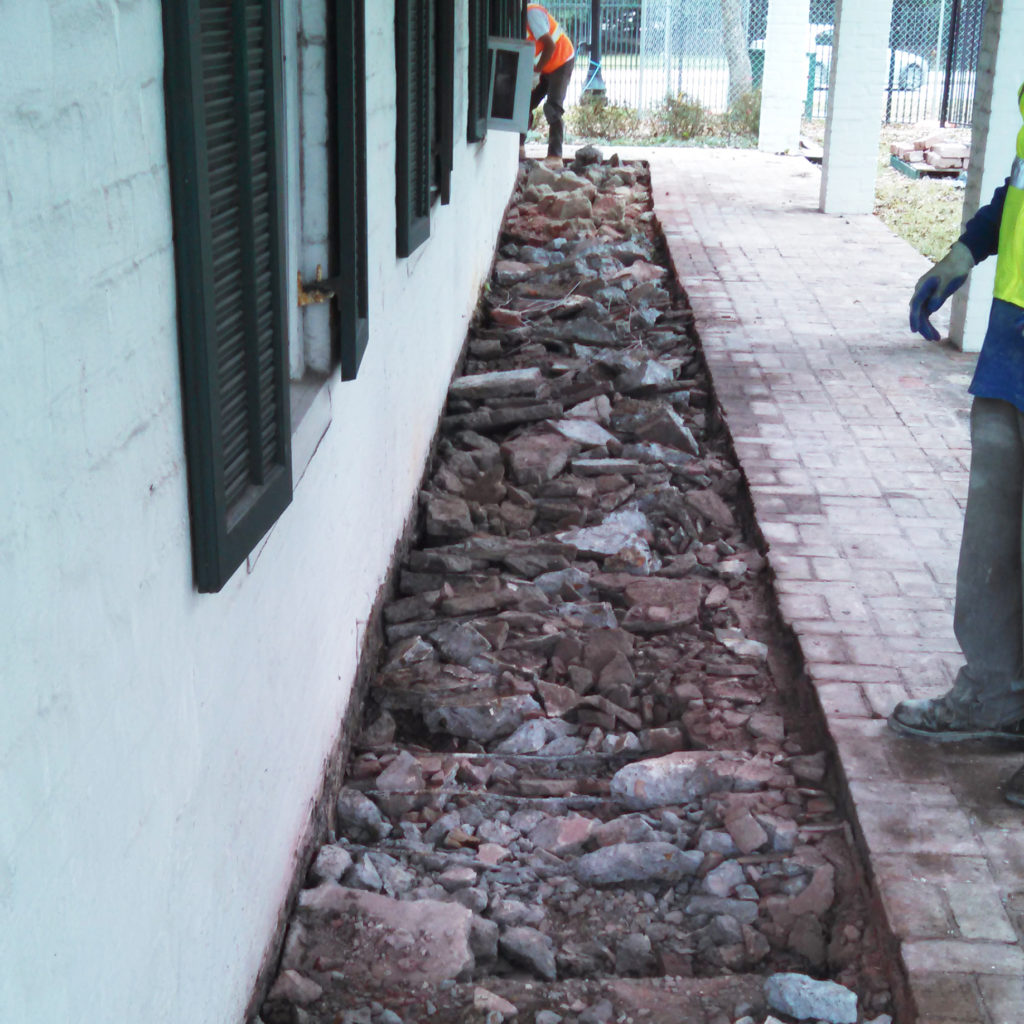
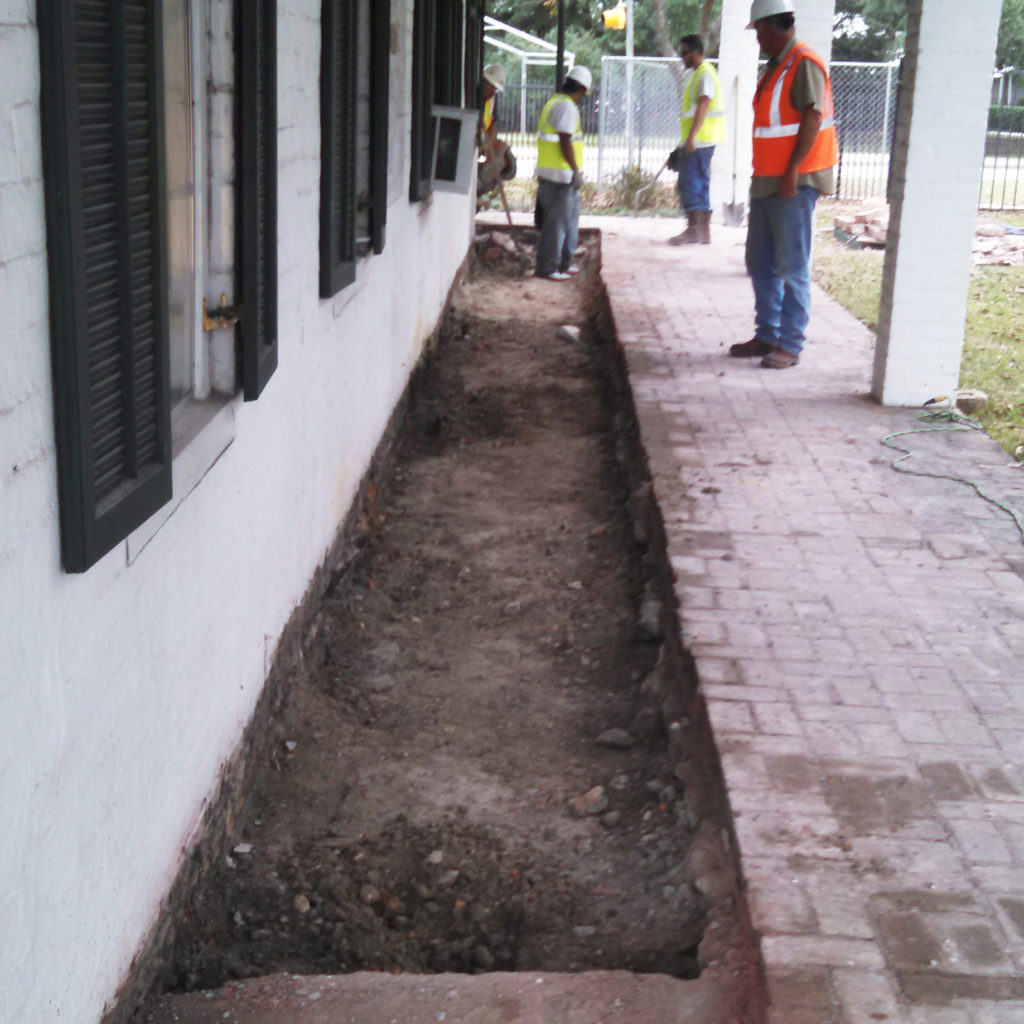
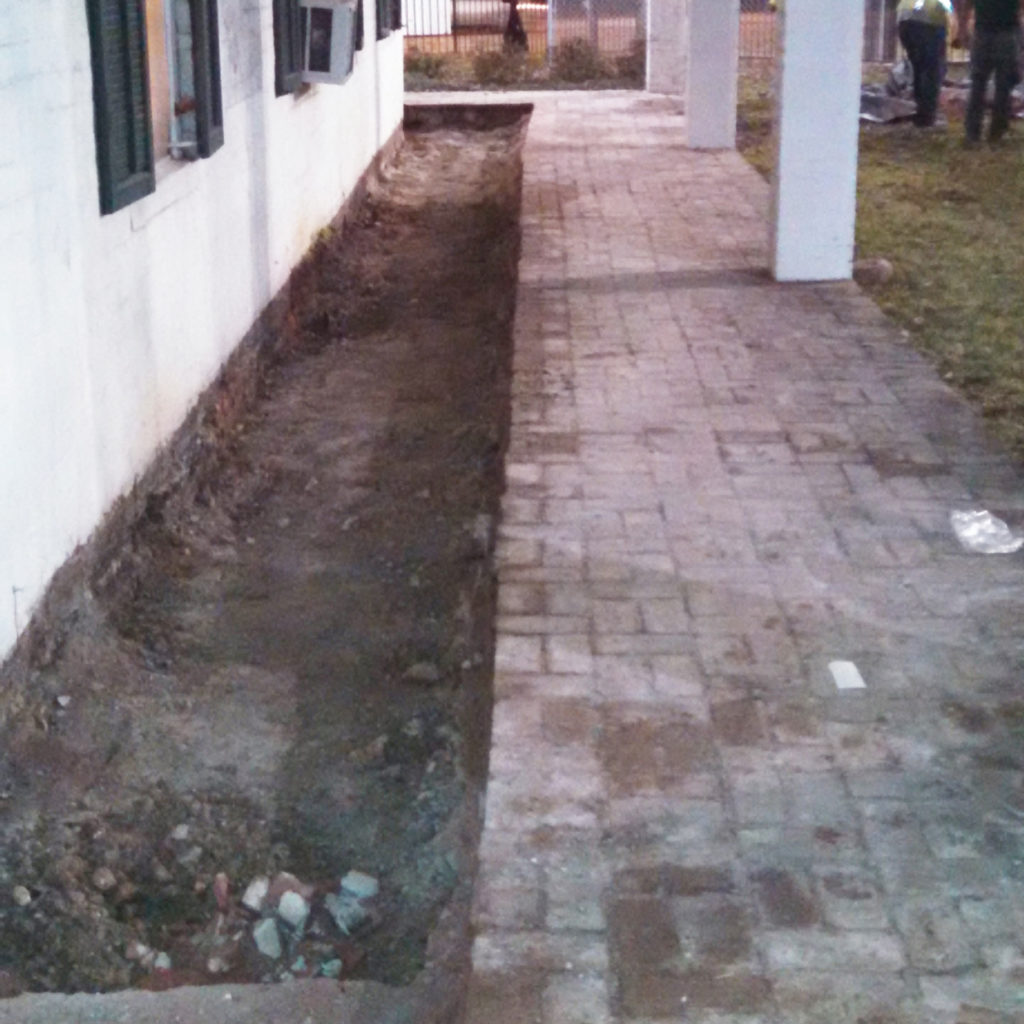
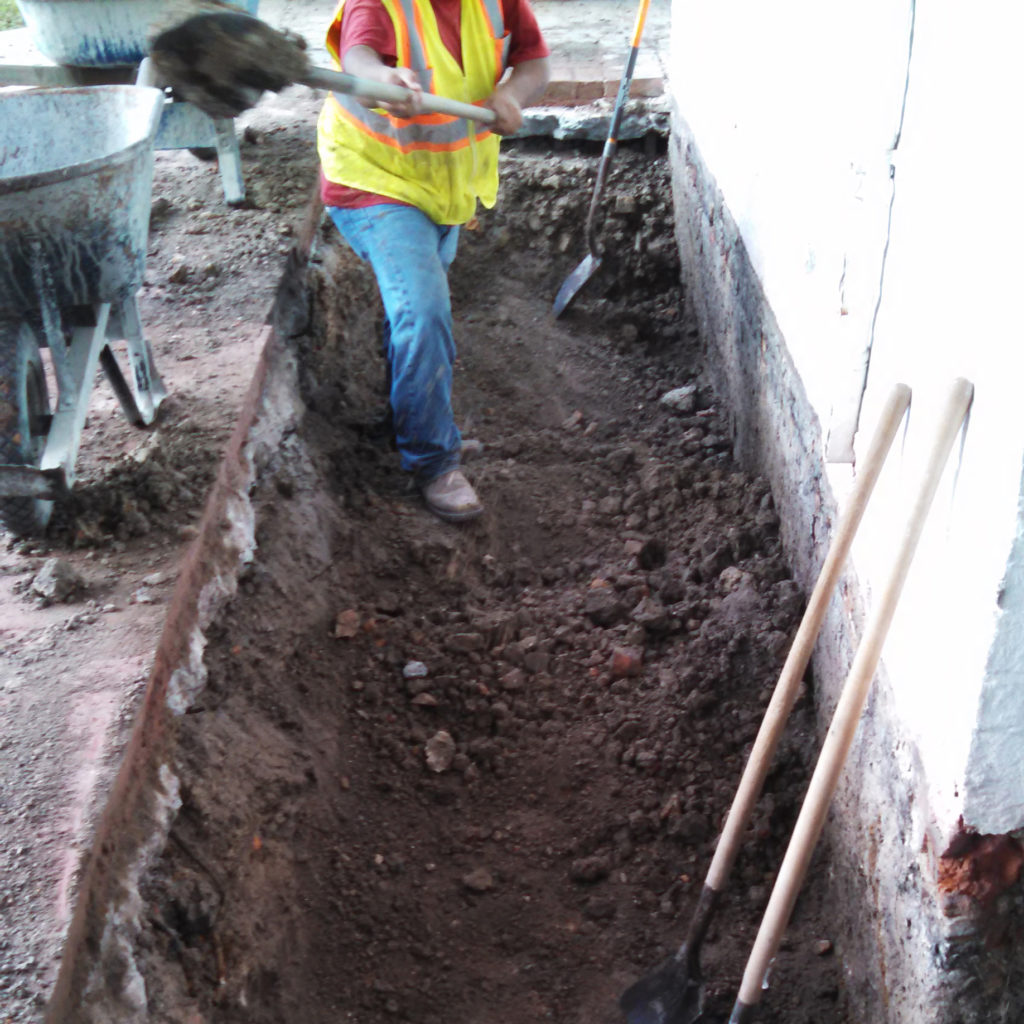
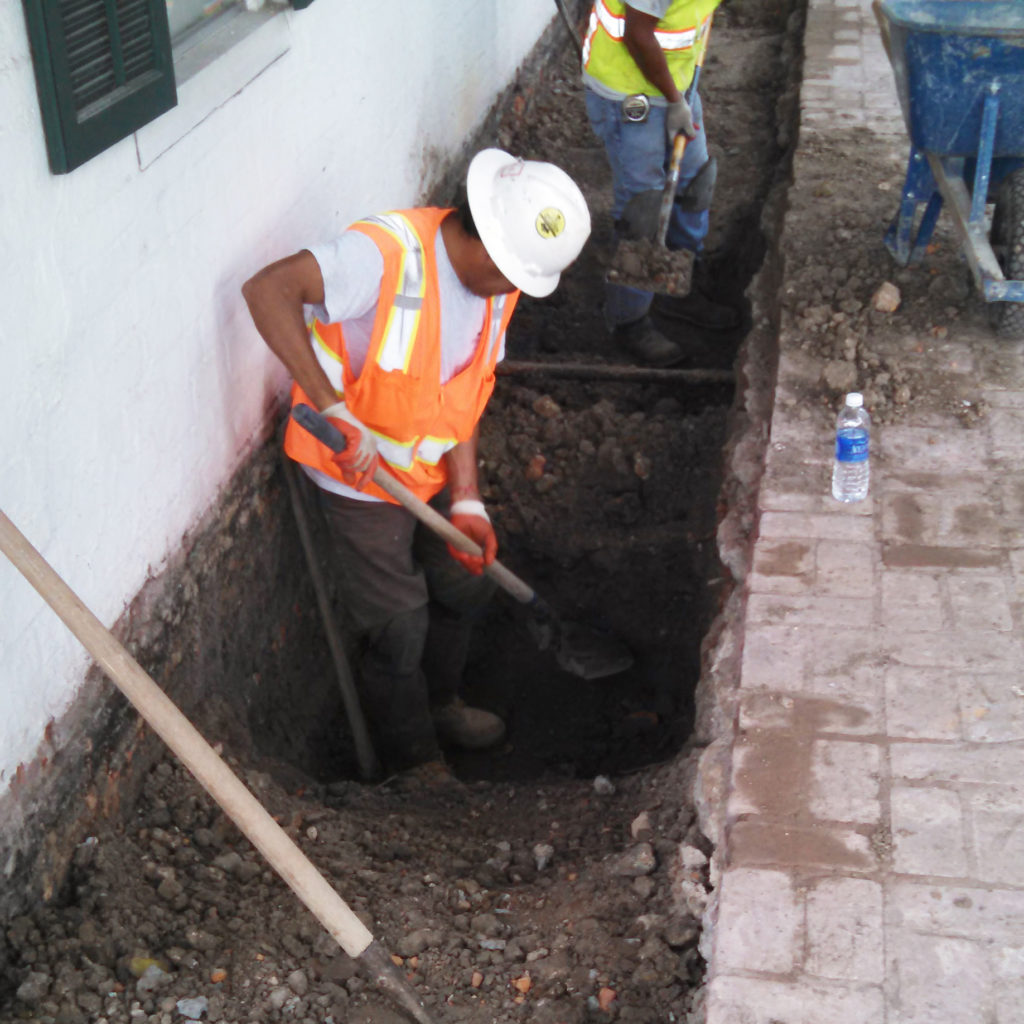
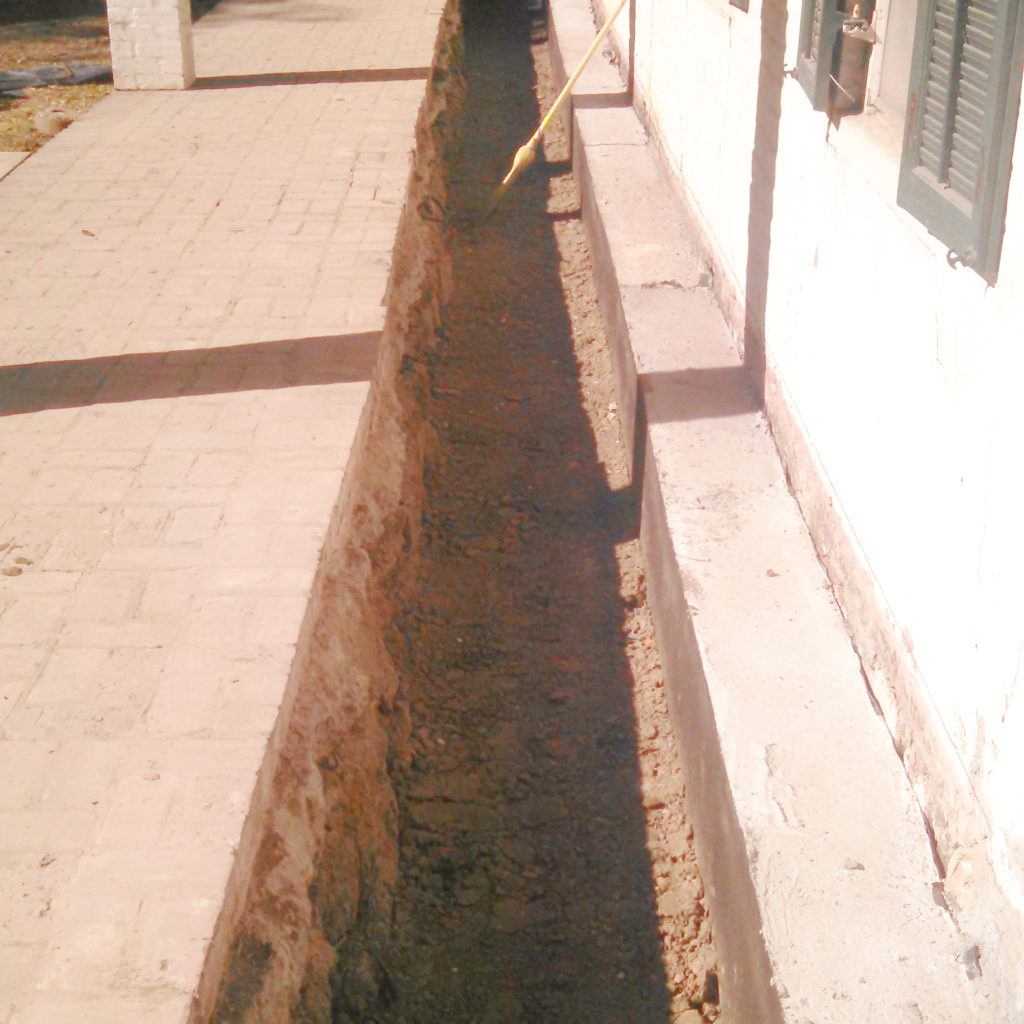
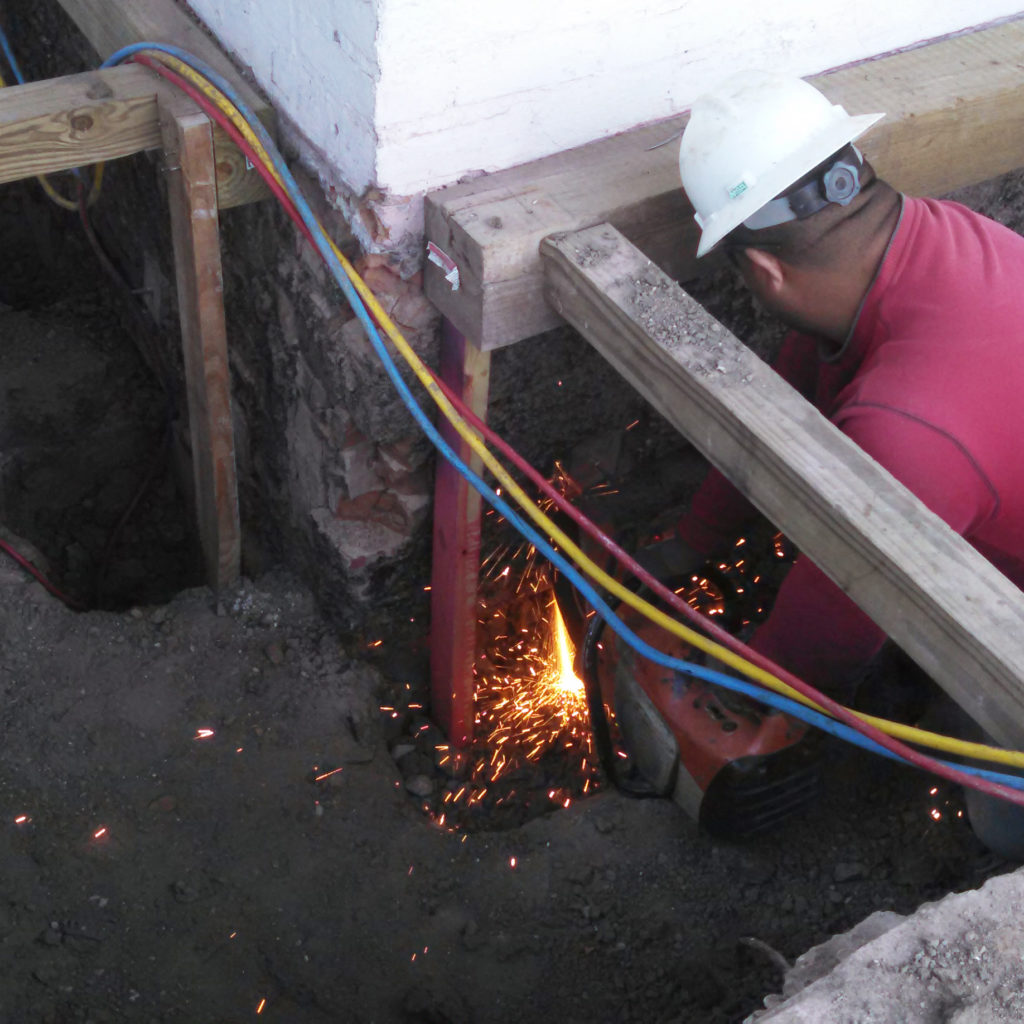
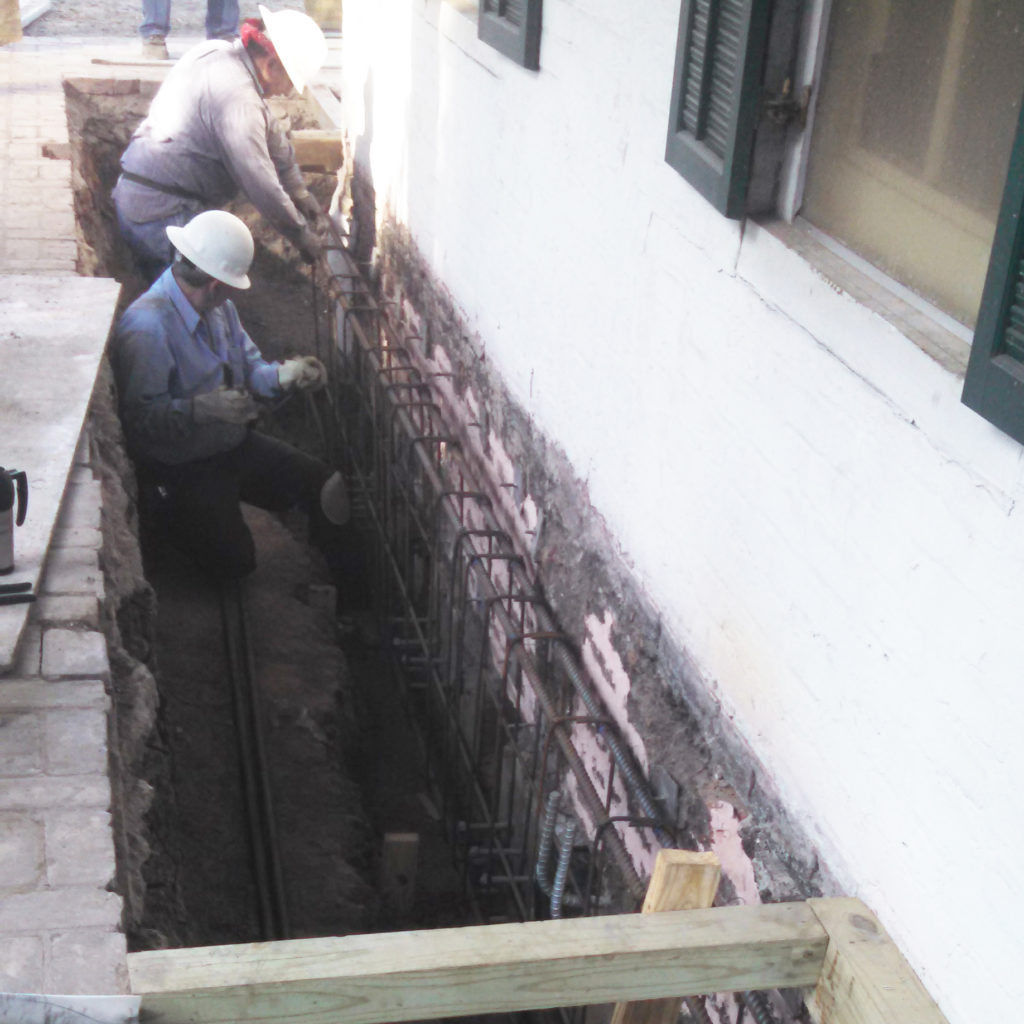
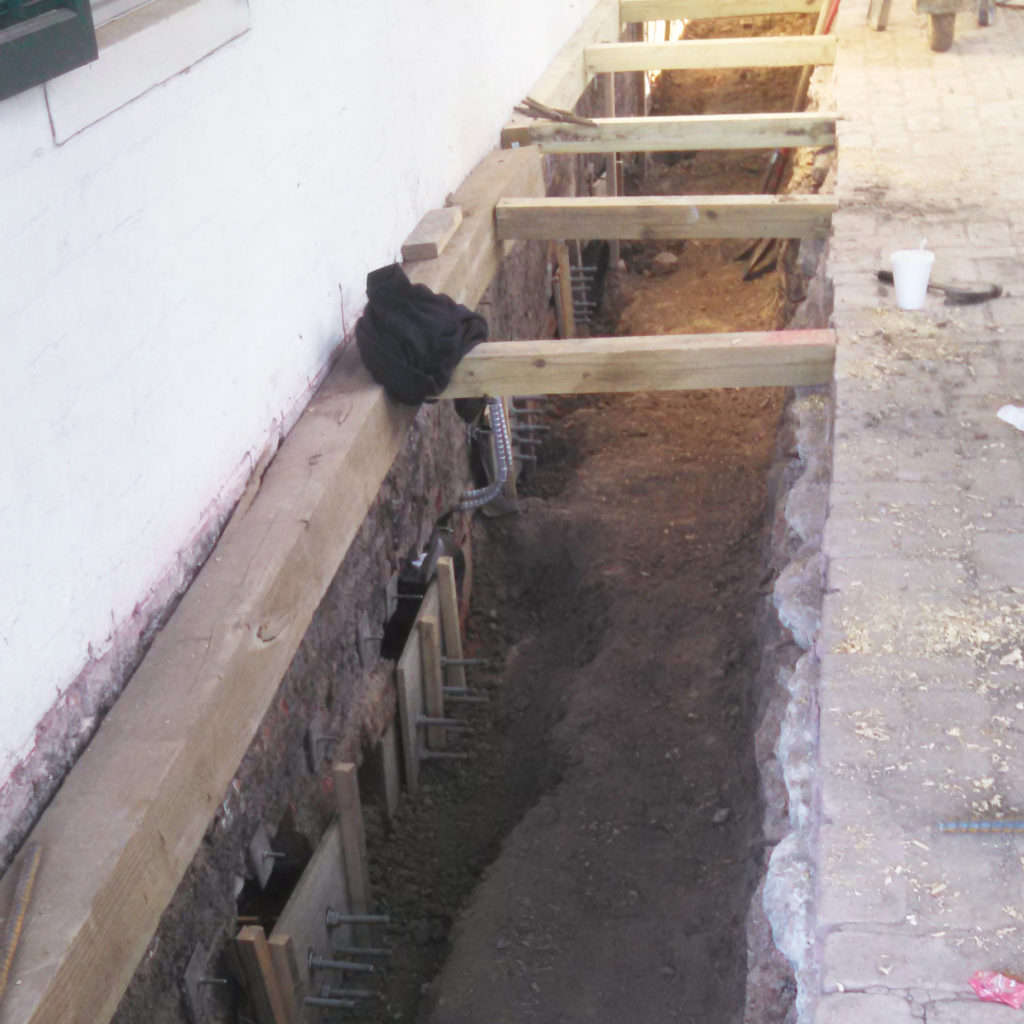
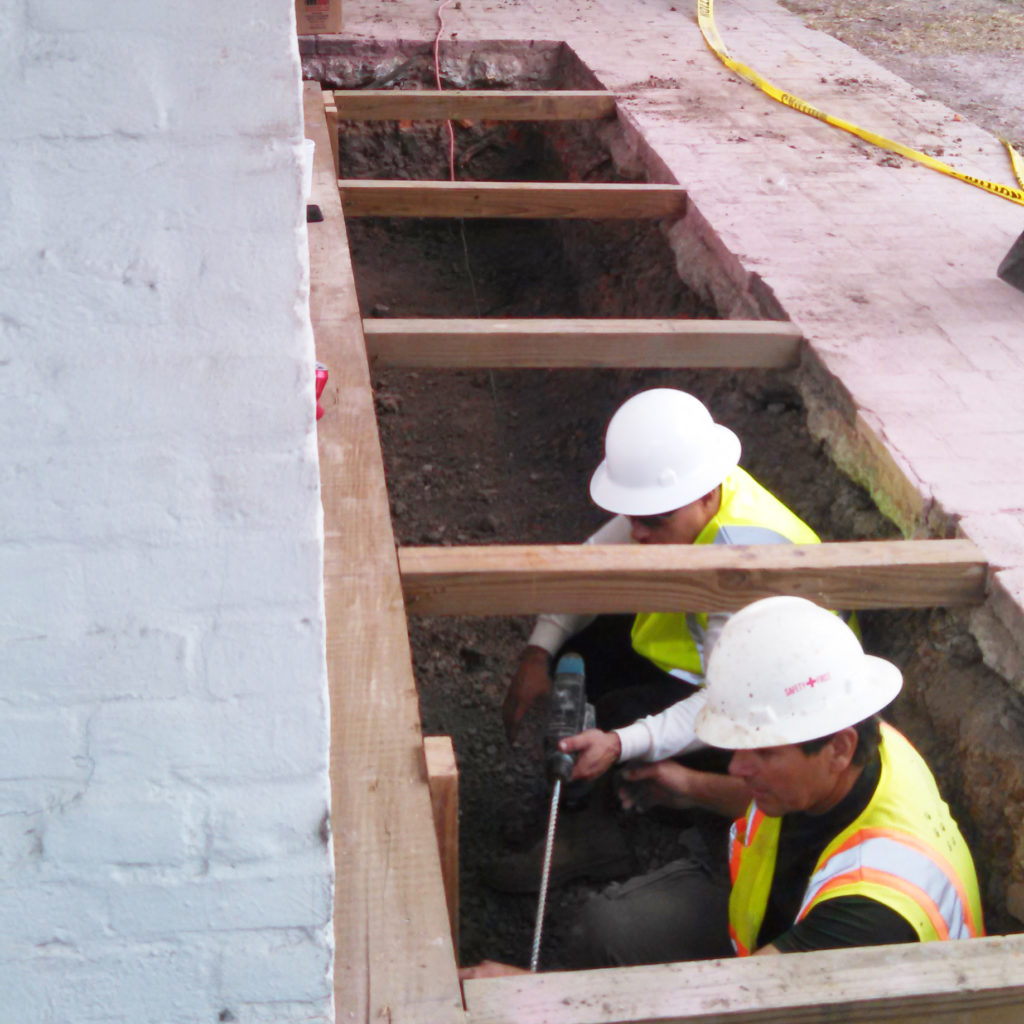
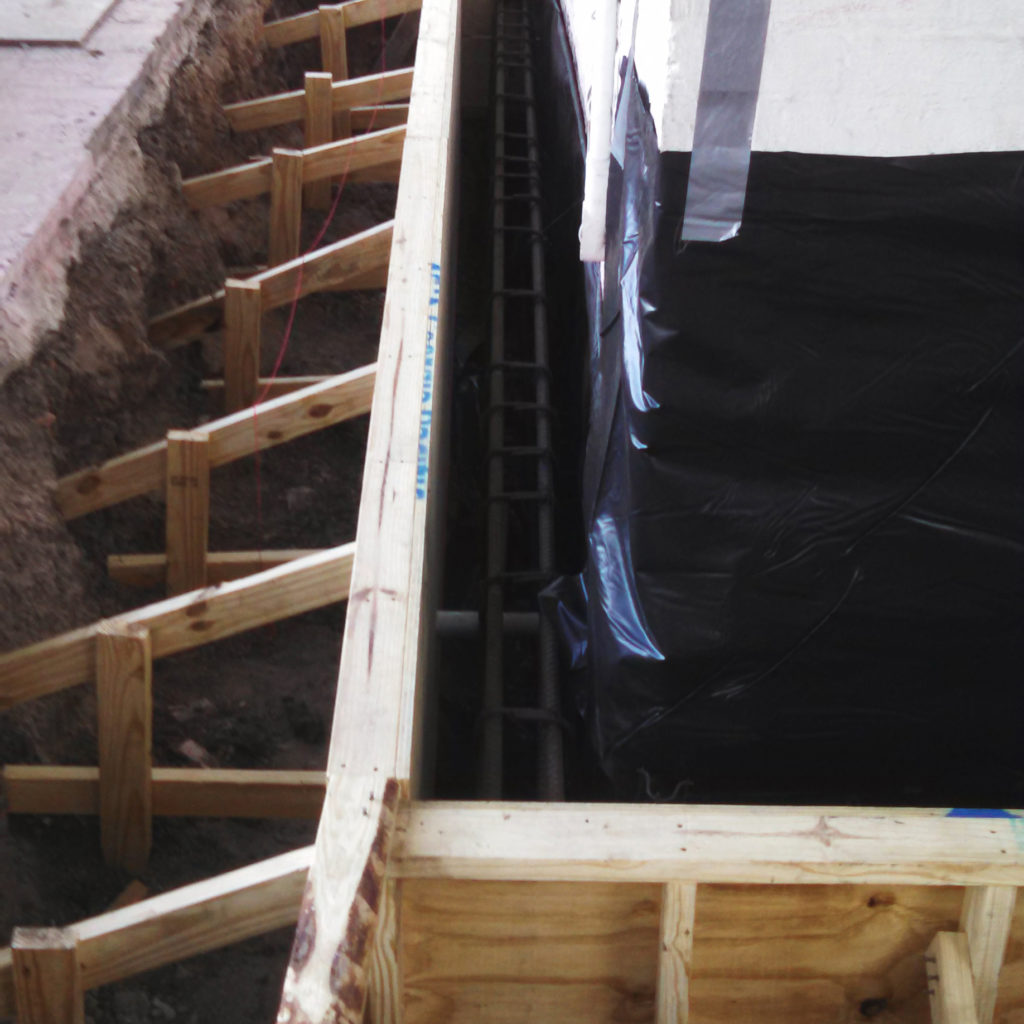
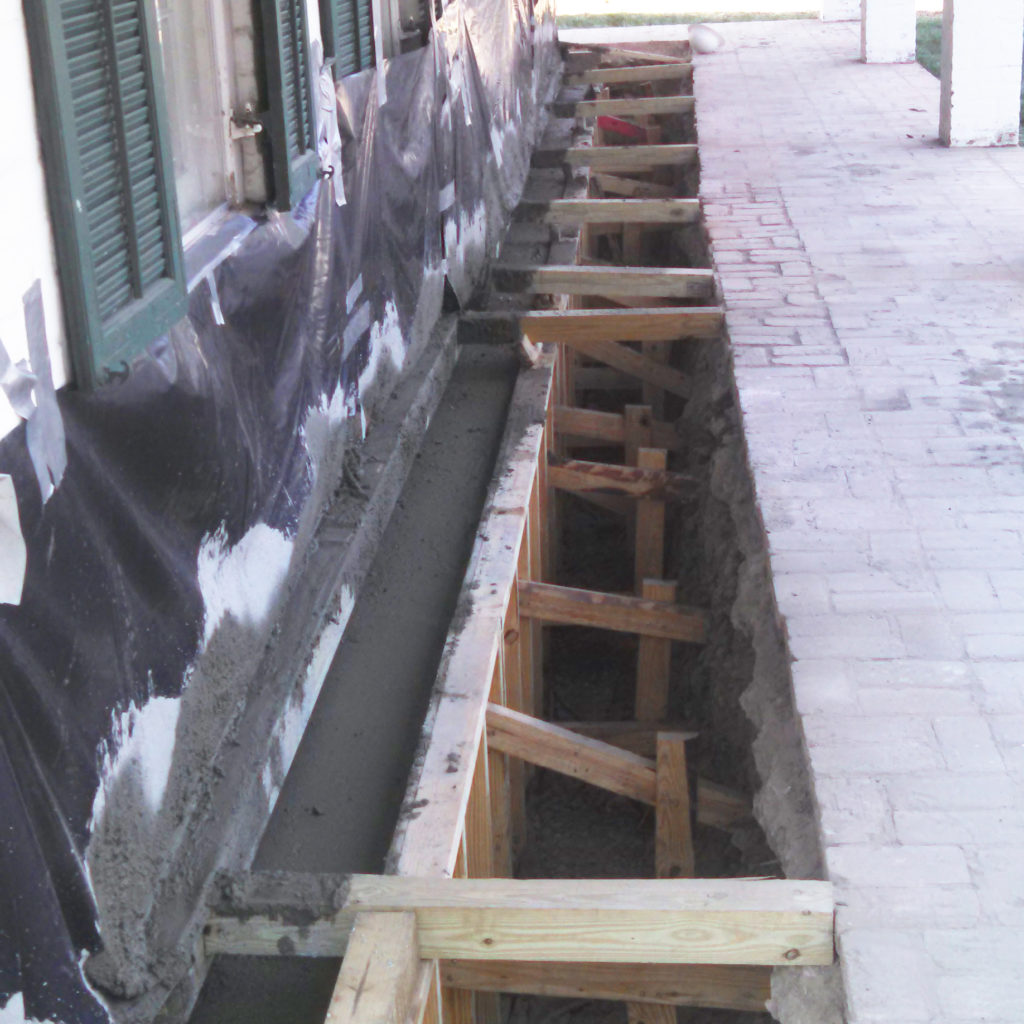
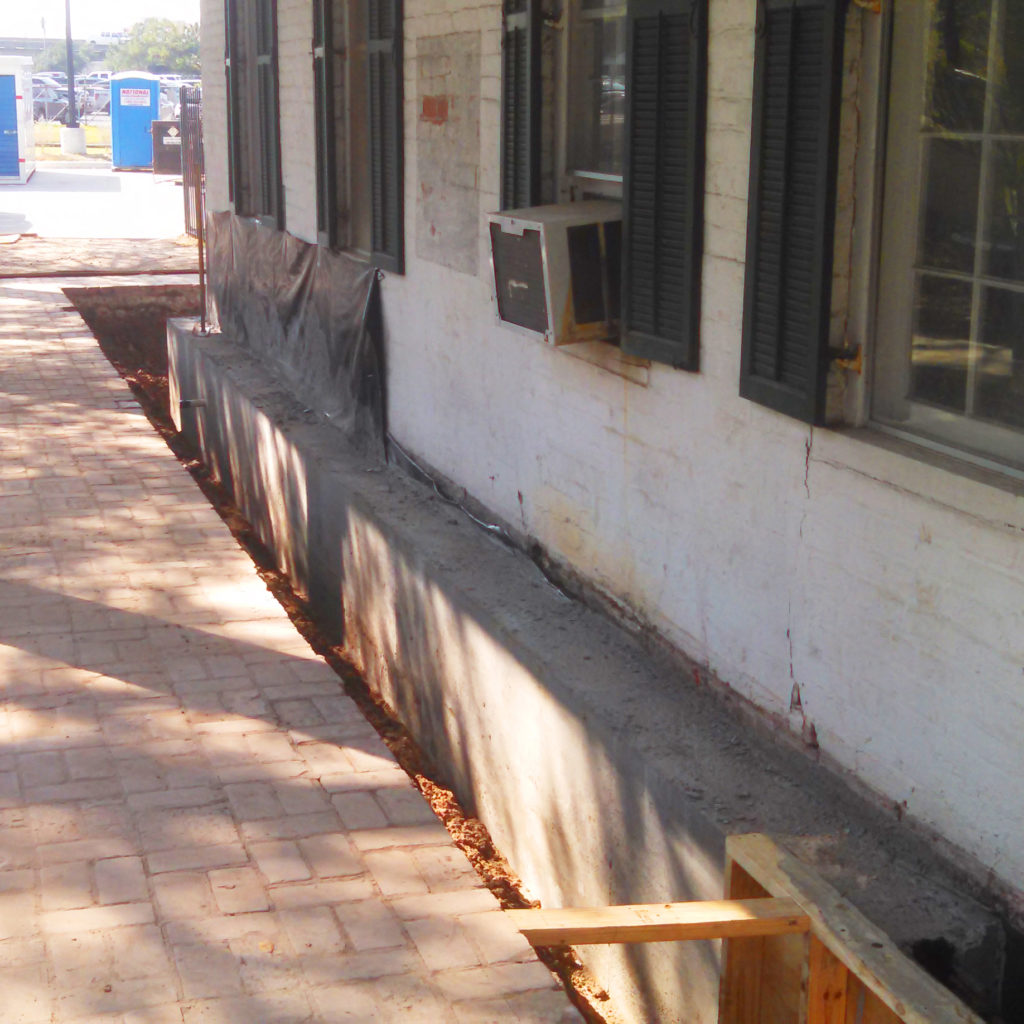
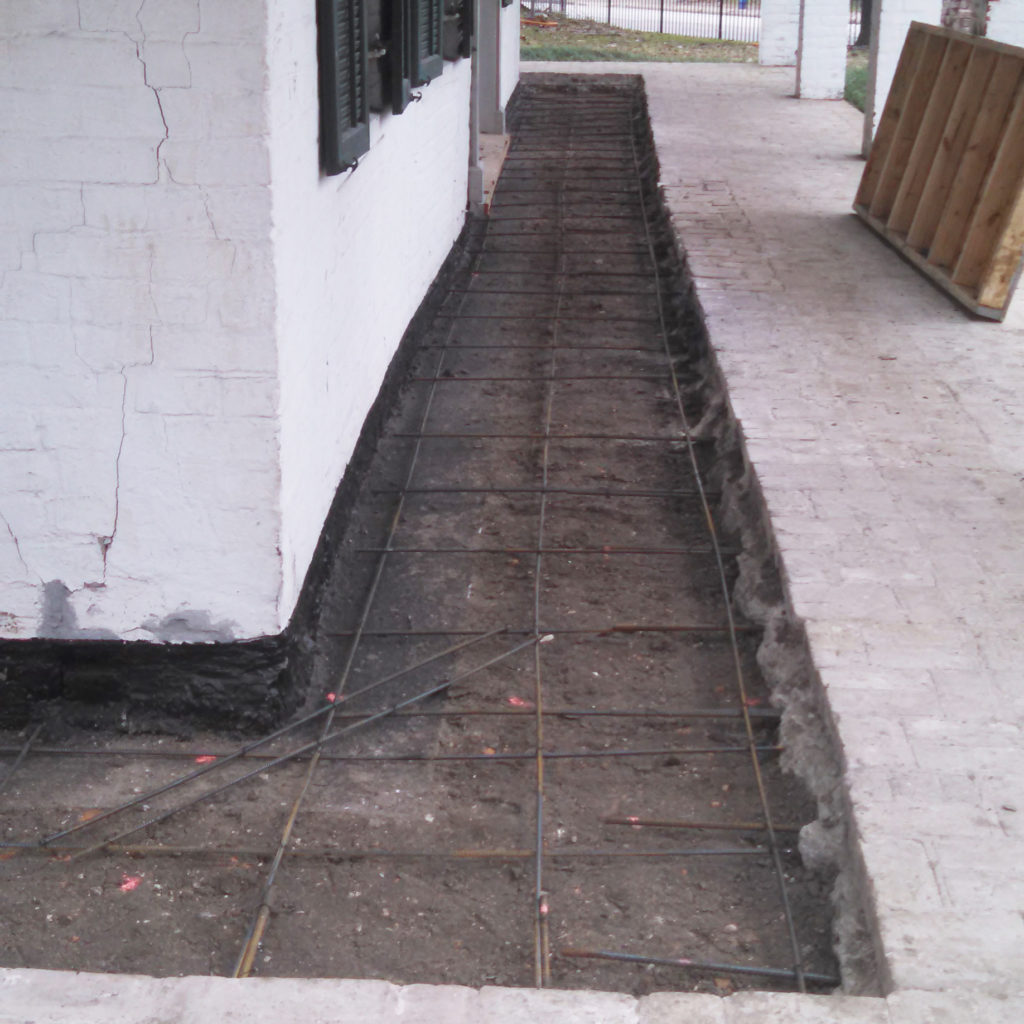
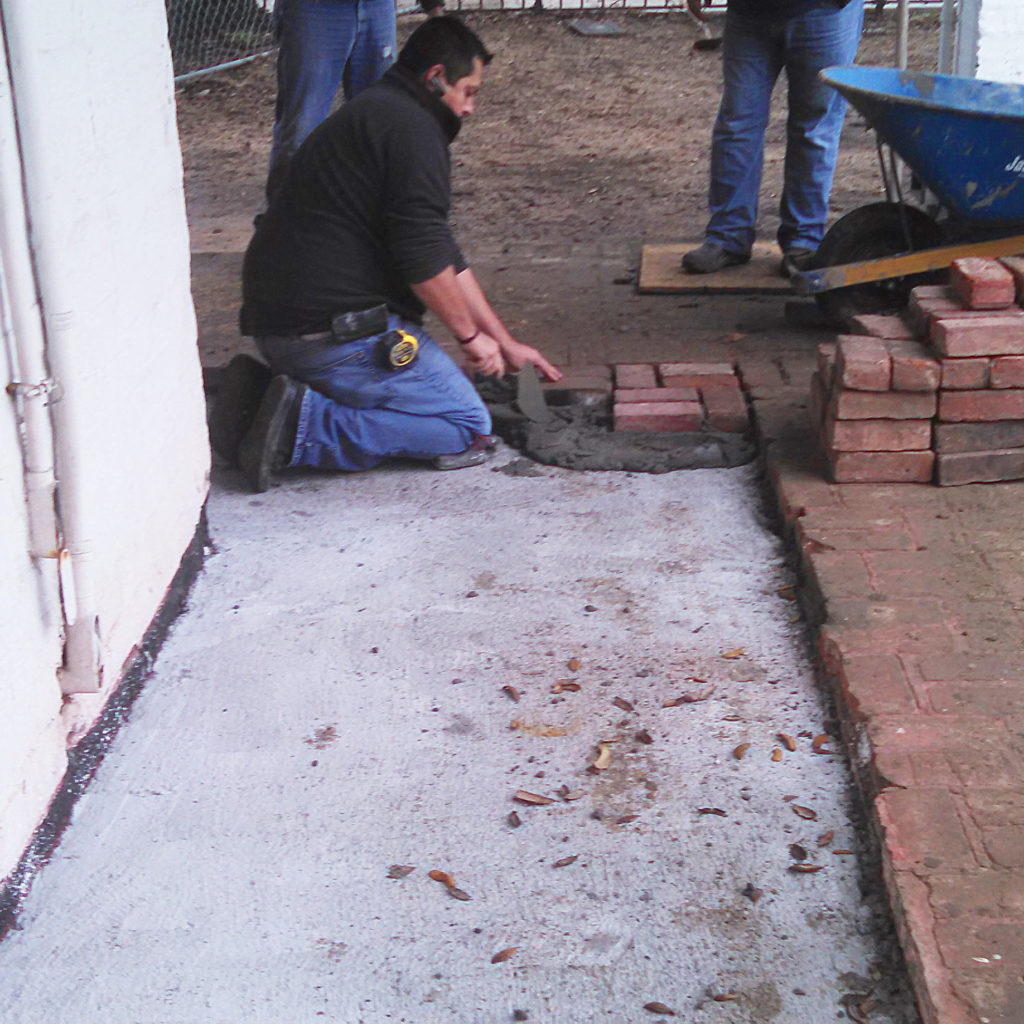
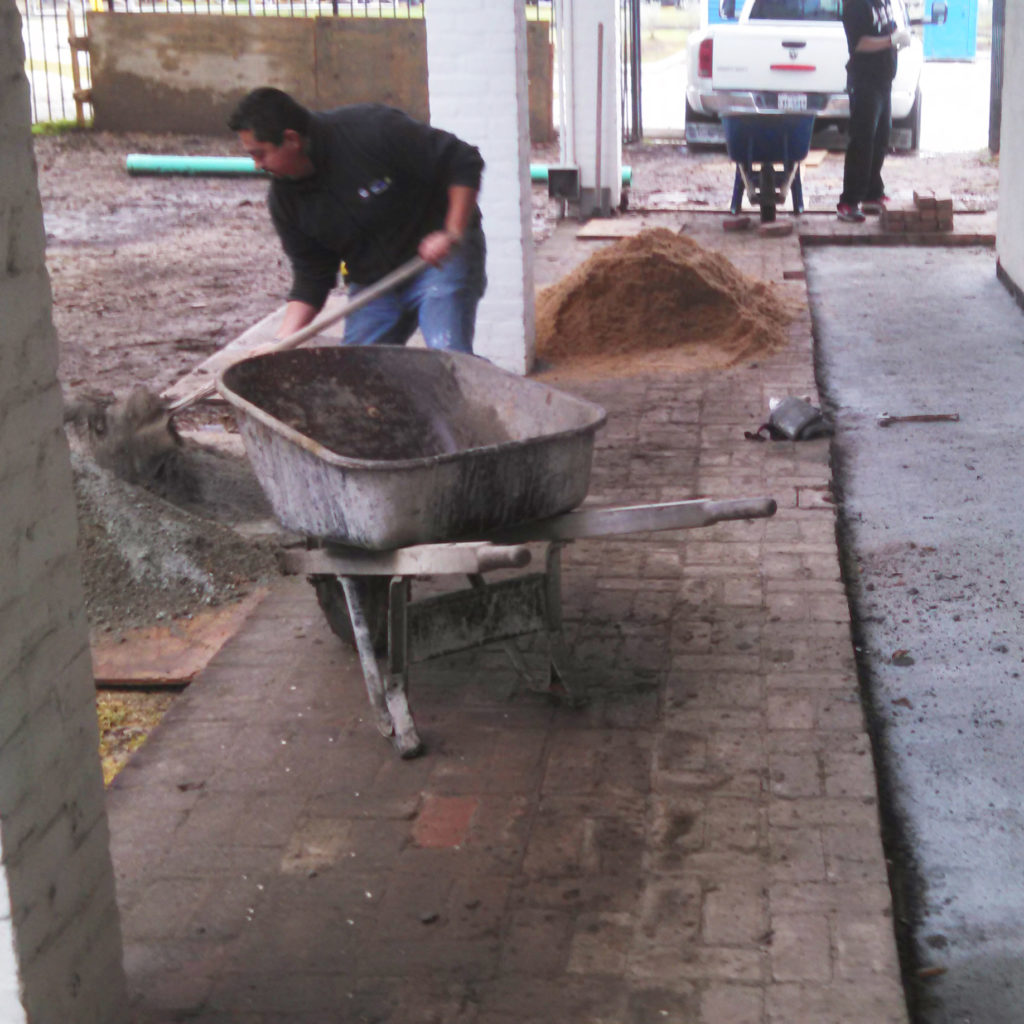
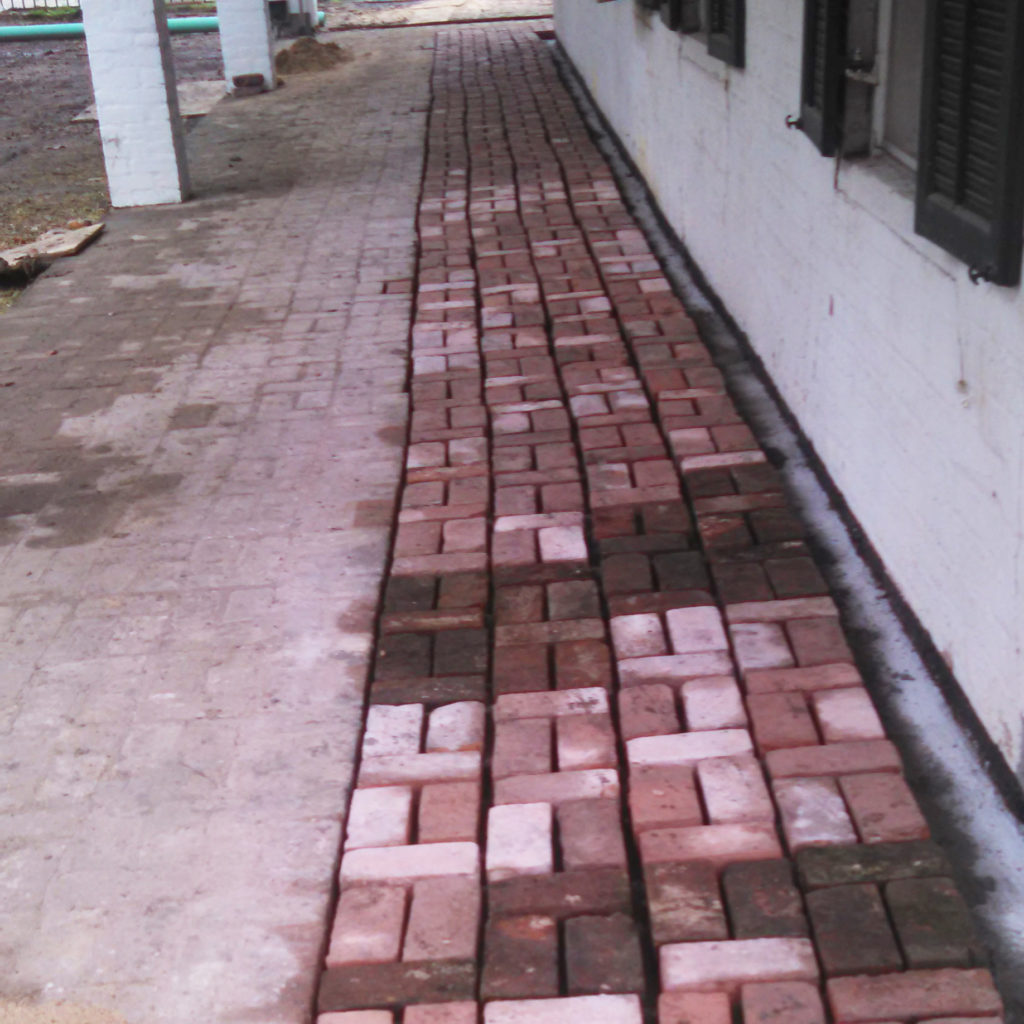
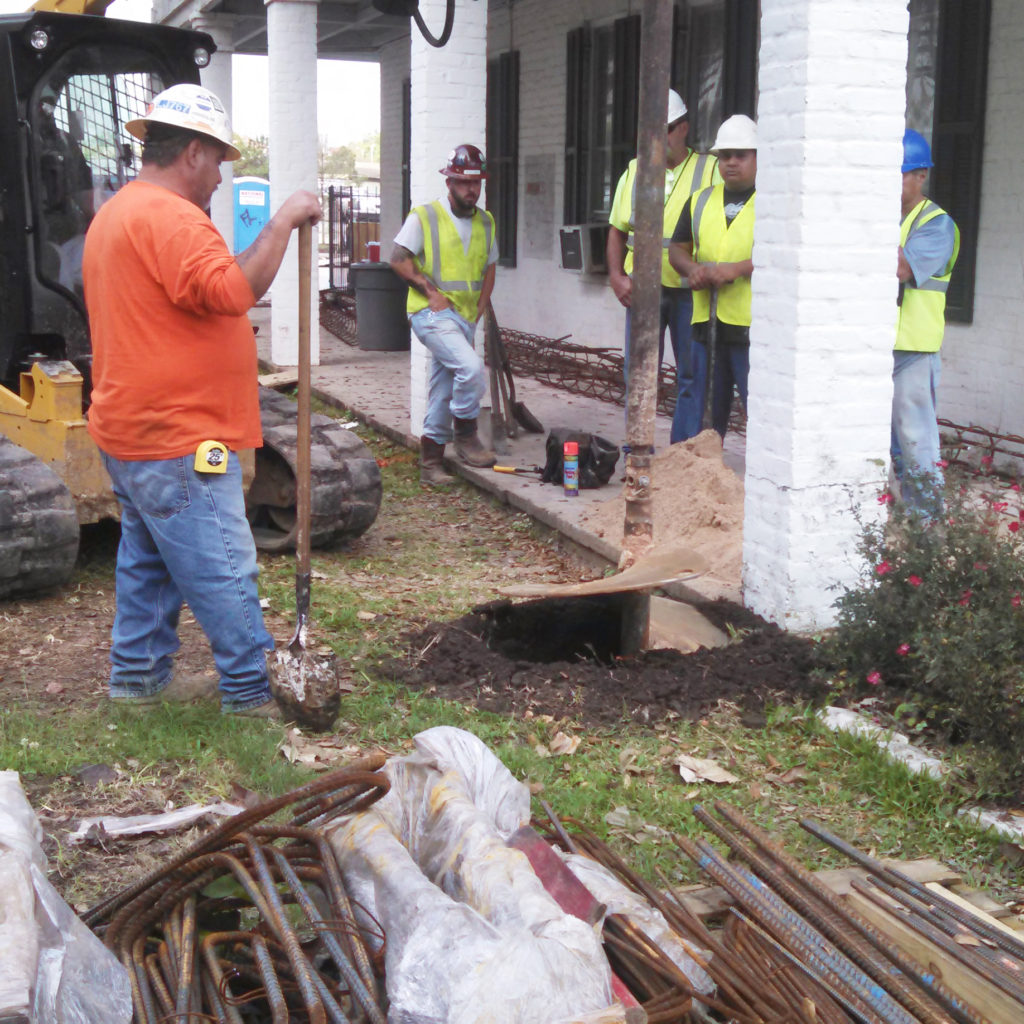
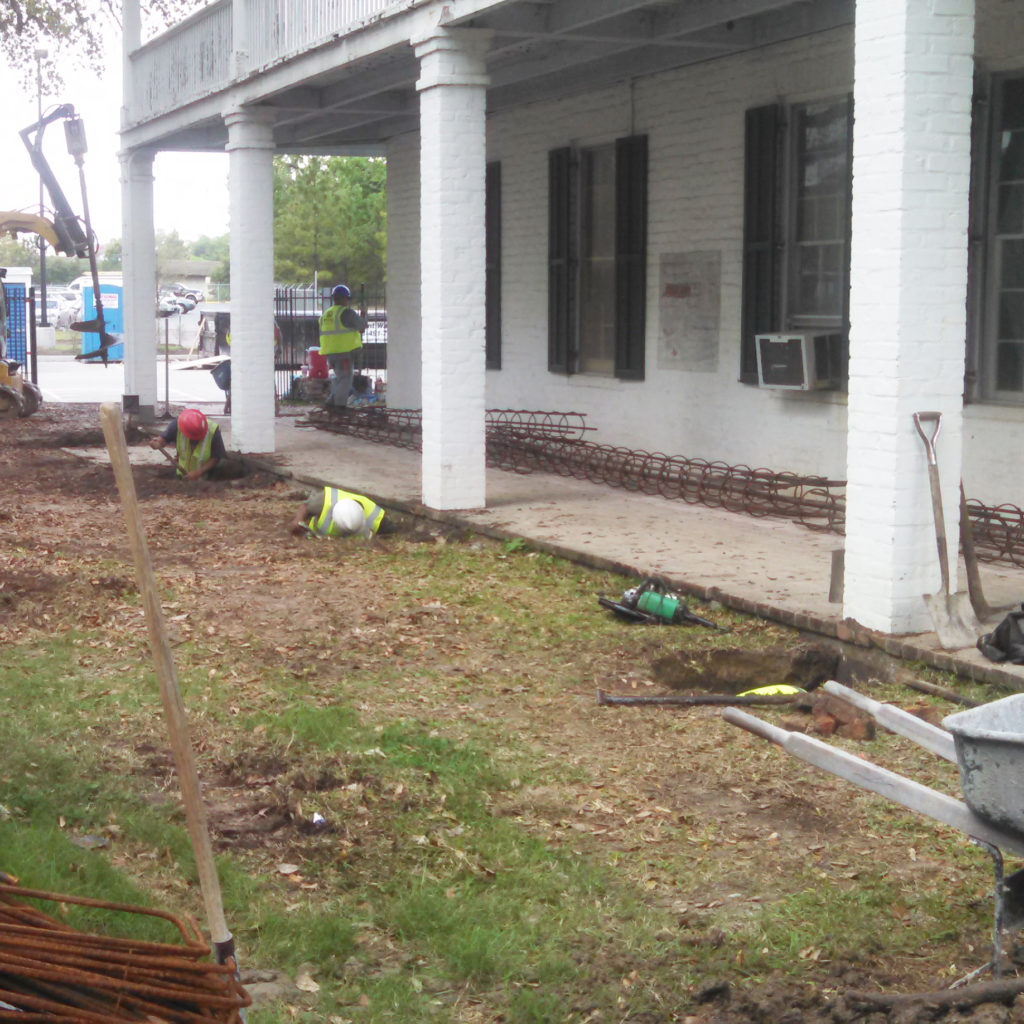
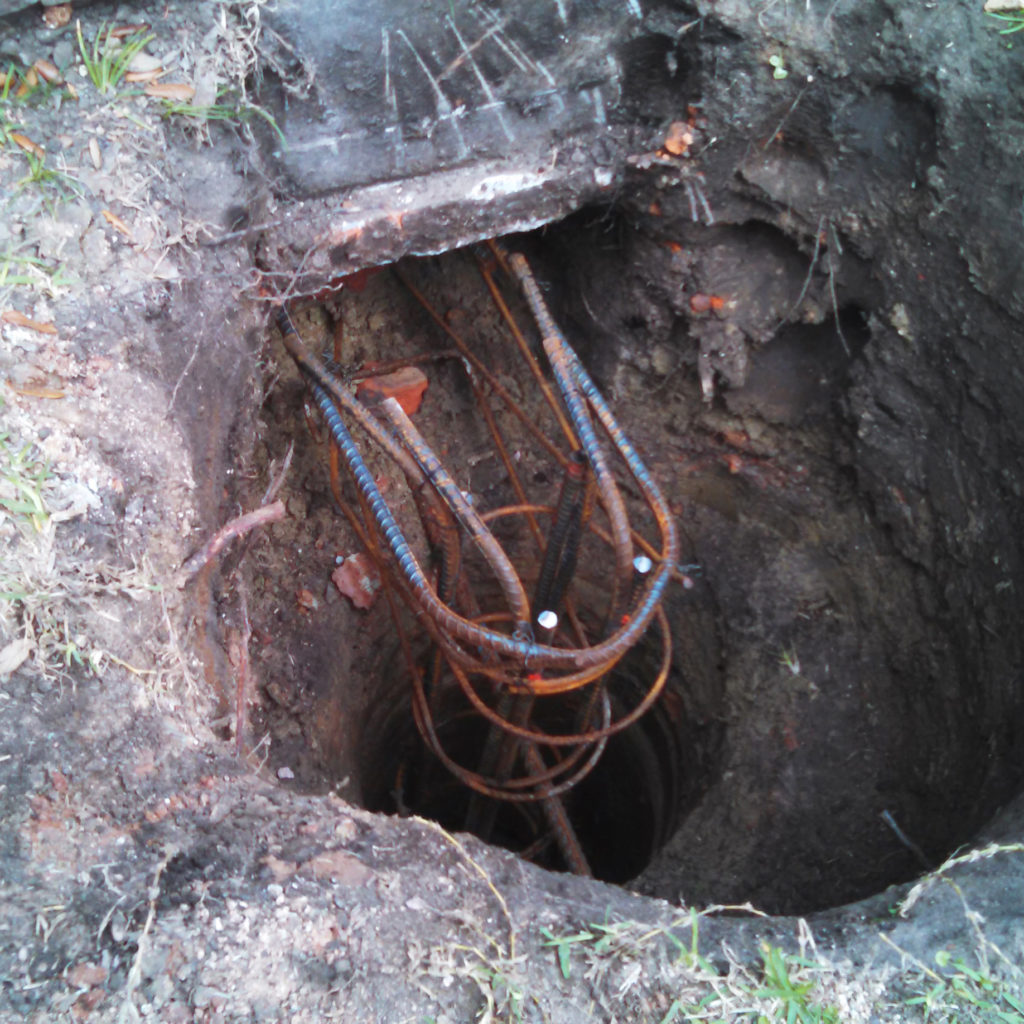
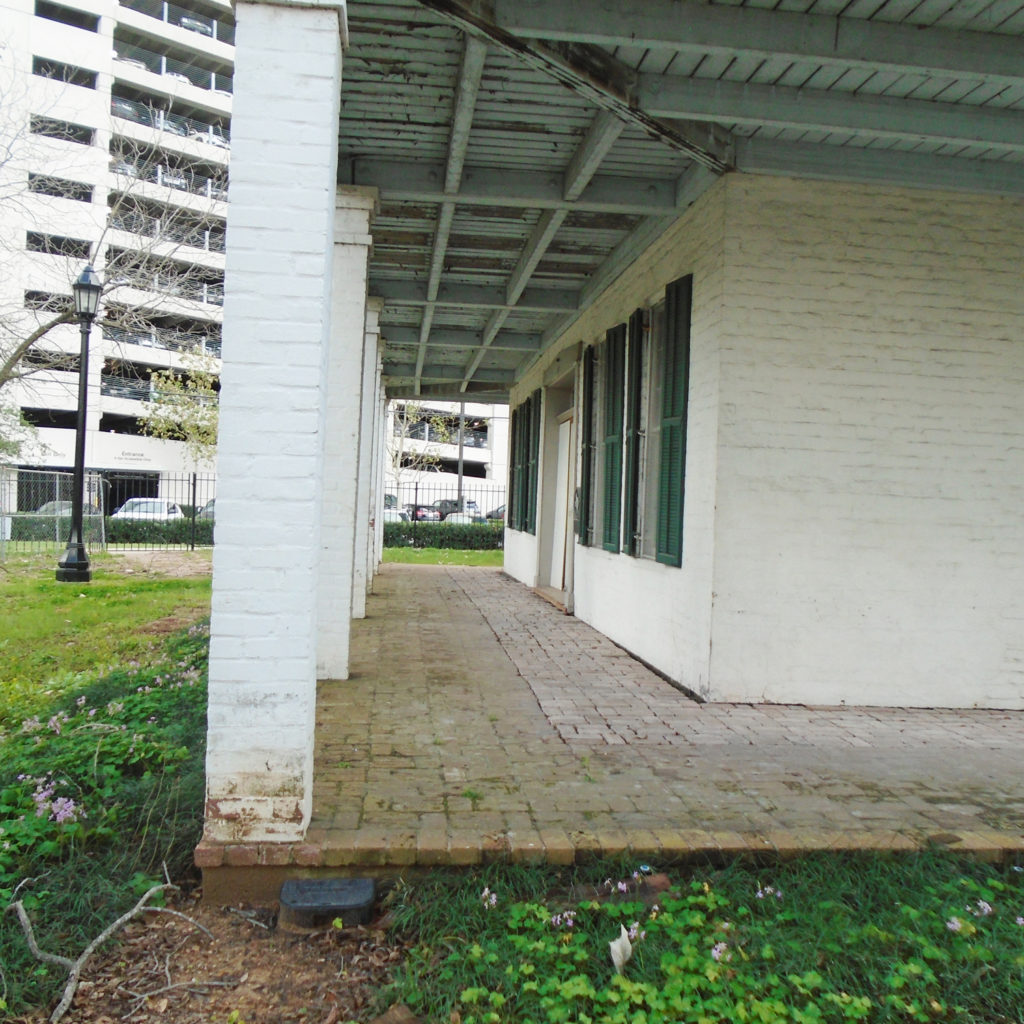
Exterior Improvements
Our guys took out the brick and dug a enough space to form up new foundation beams. Formed, reinforced, and poured new beams. The beams extended to outside of the walkway areas with mini-piers drilled and poured.
The pictures show the process. It was quite a laborious process since much of the digging needed to be done by hand, no equipment access. We’re not complaining. Somebody’s got to do it, and that’s what we’re here for.
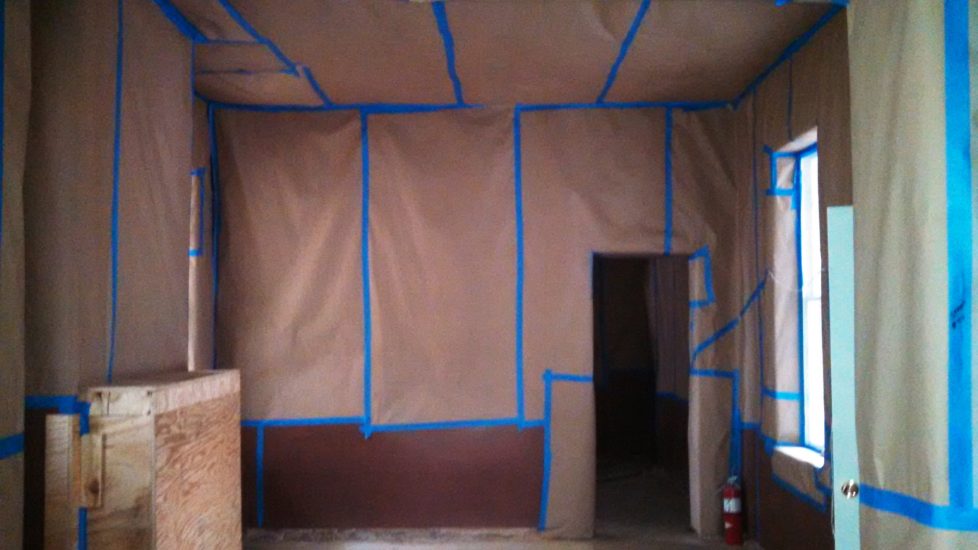
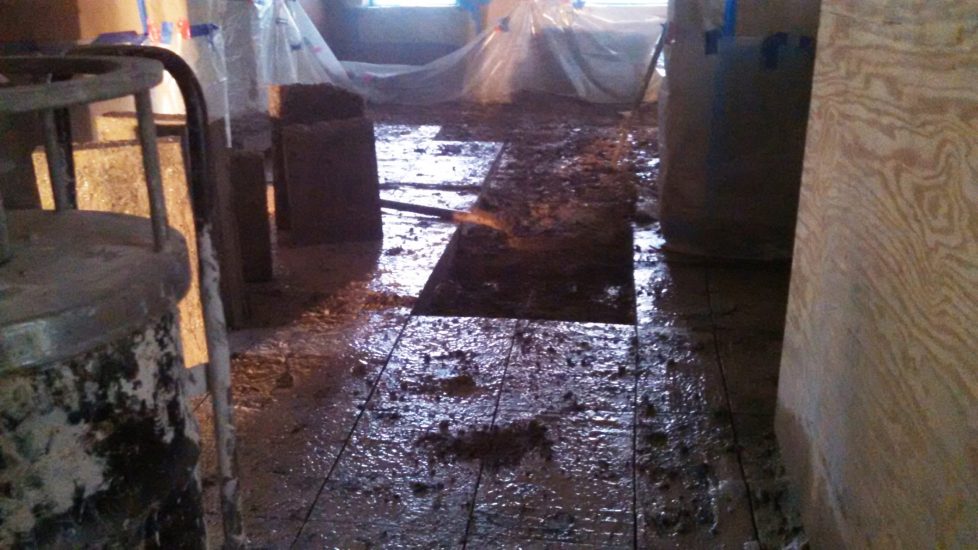
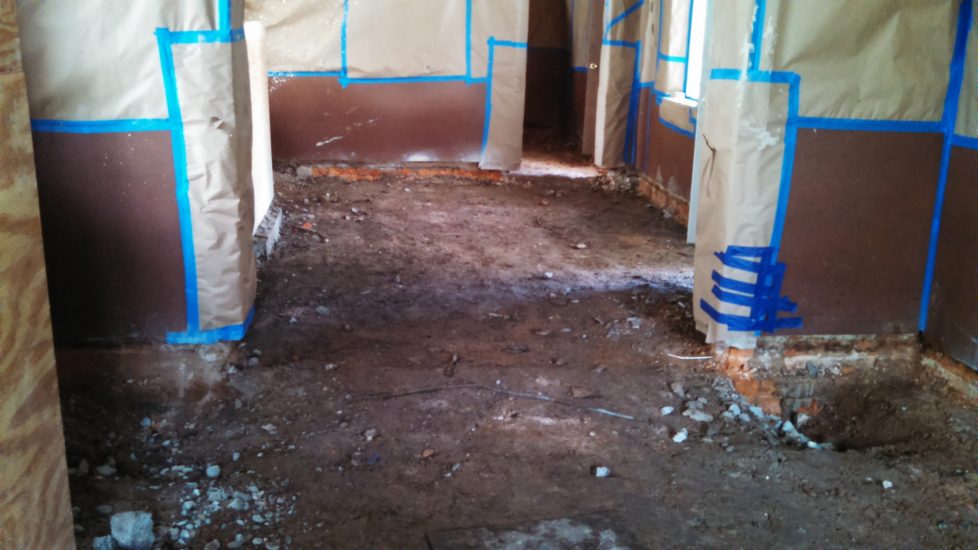
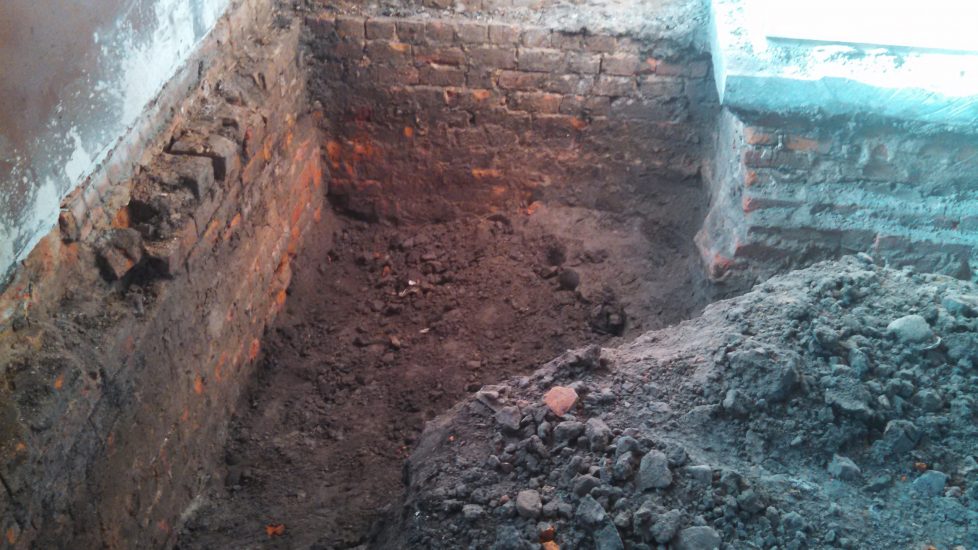
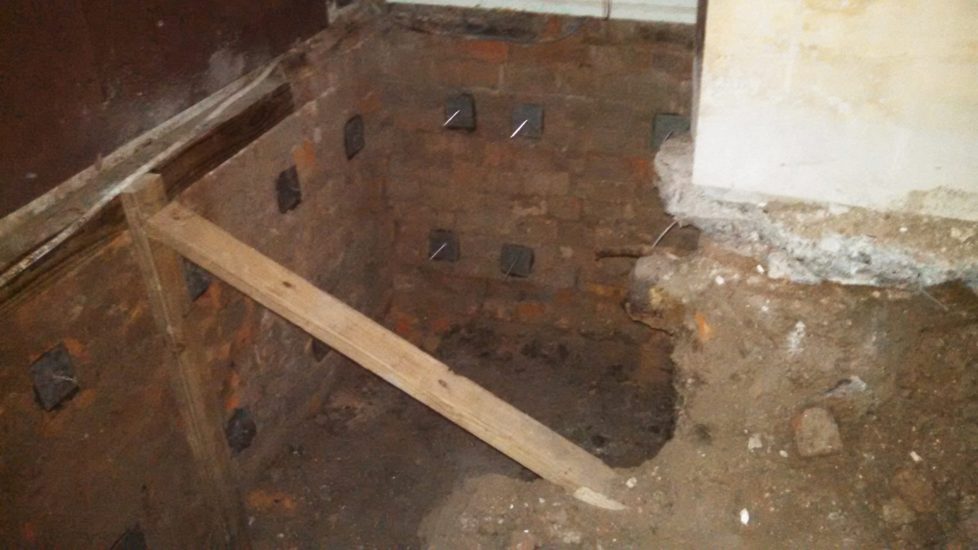
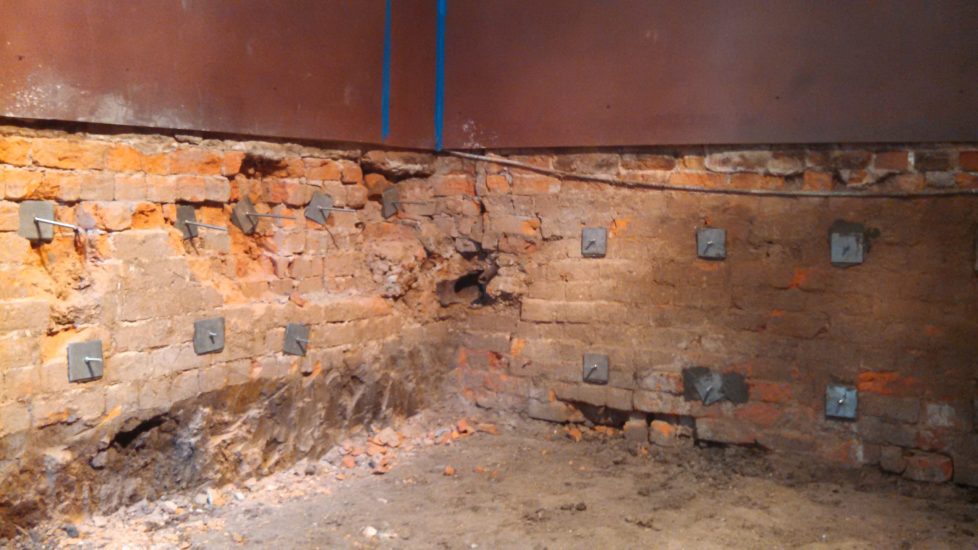
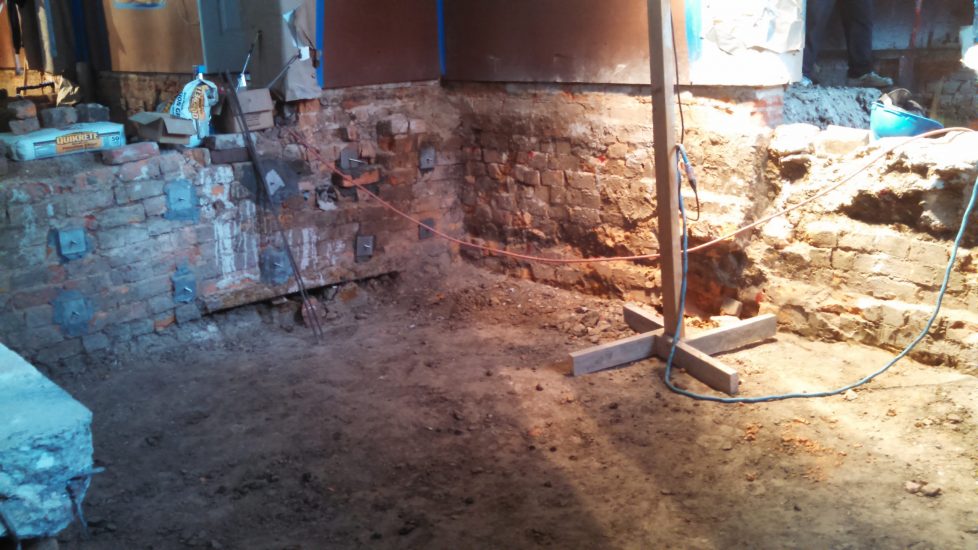
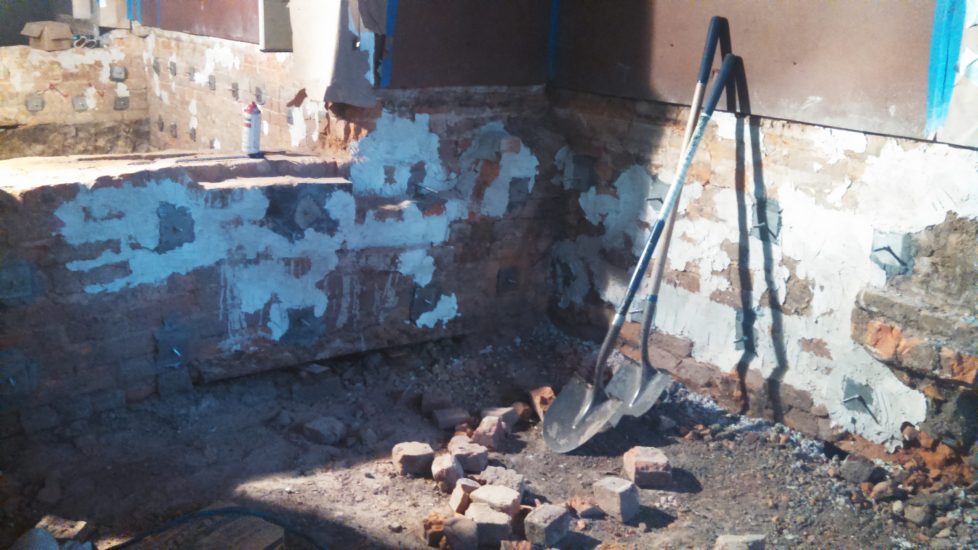
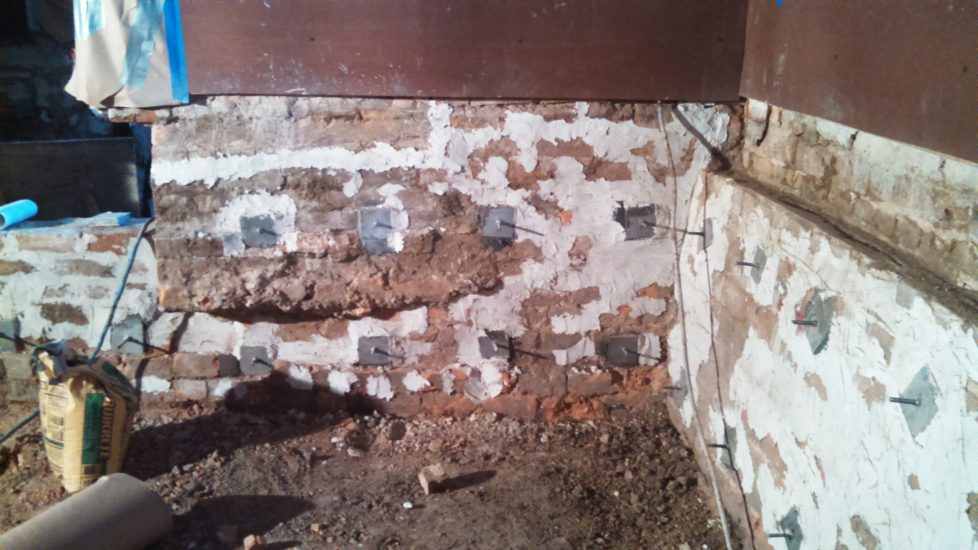
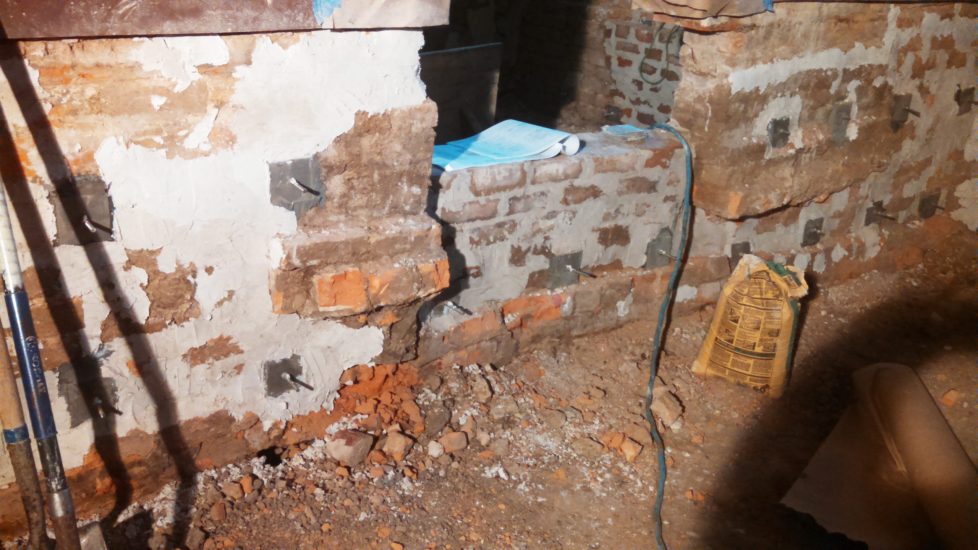
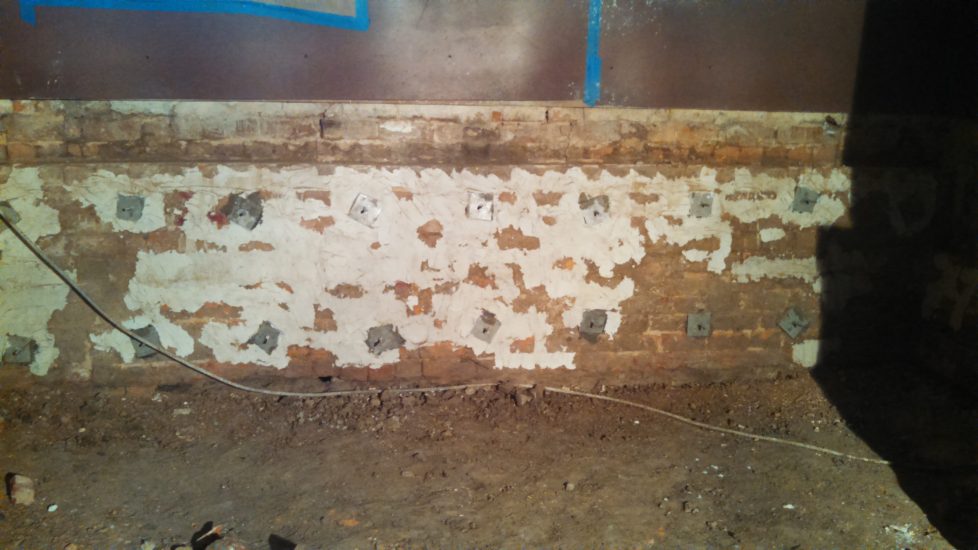
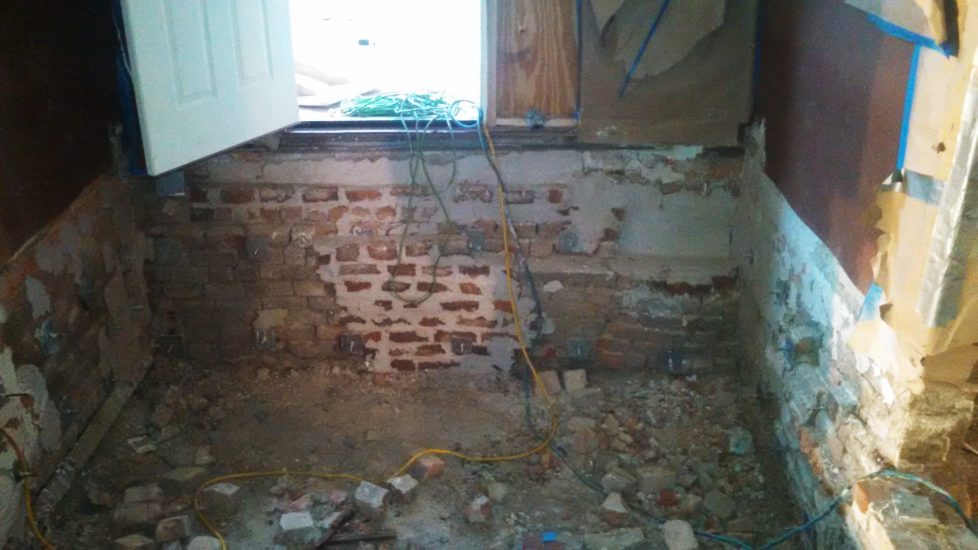
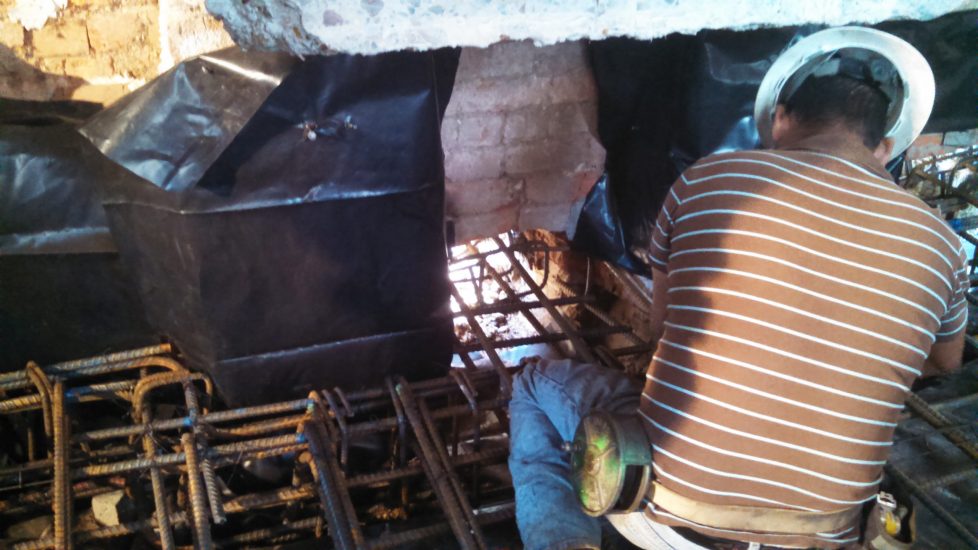
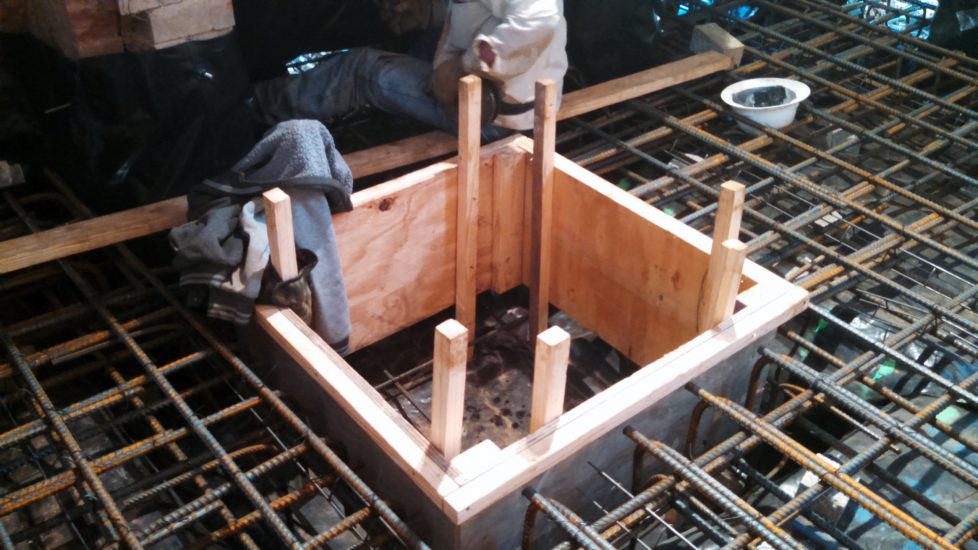
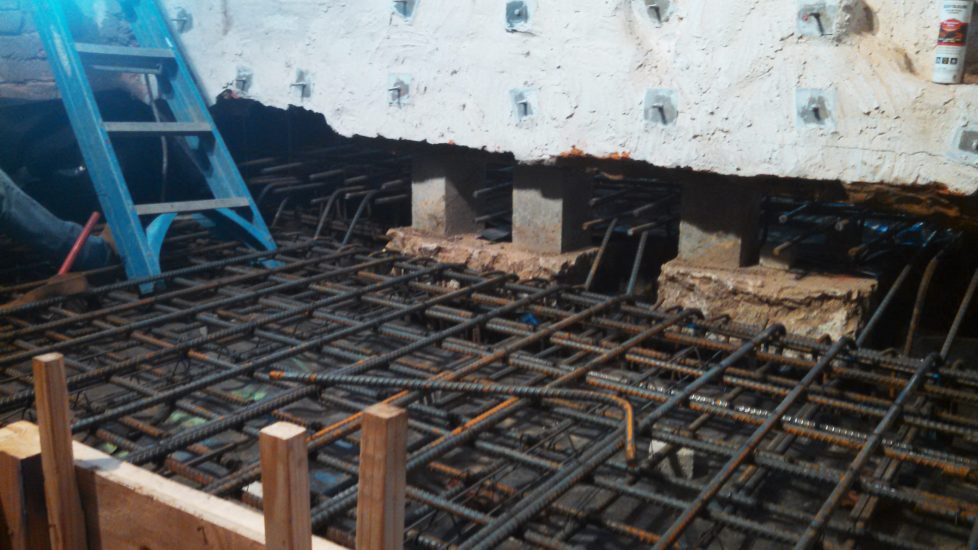
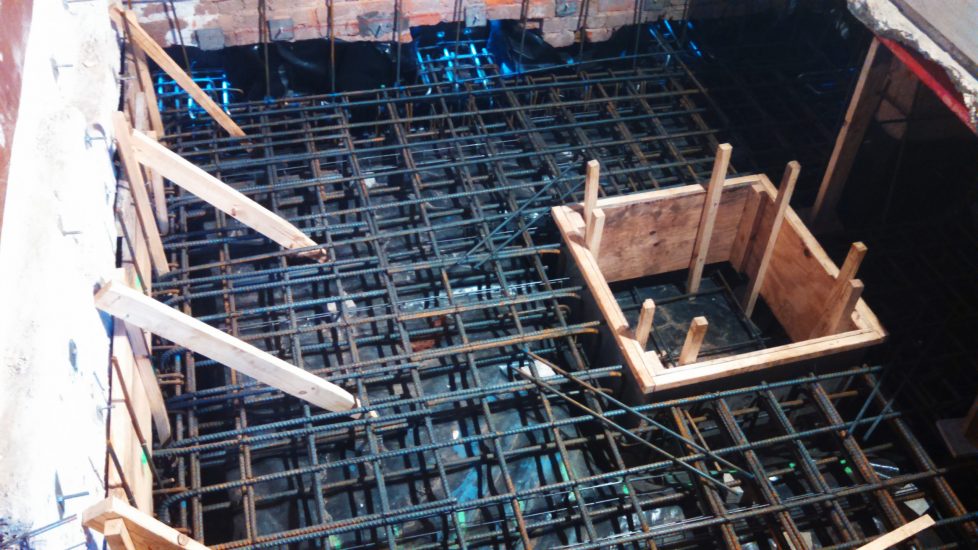
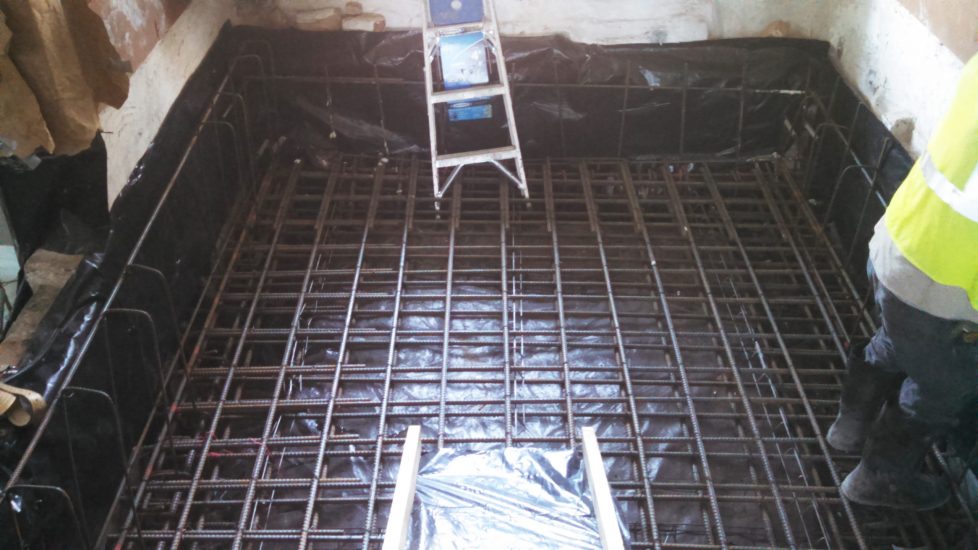
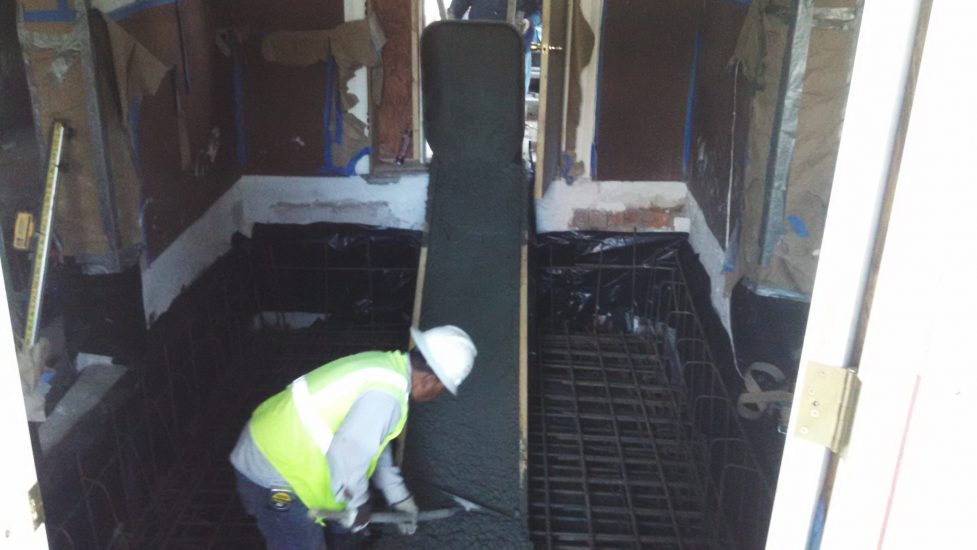
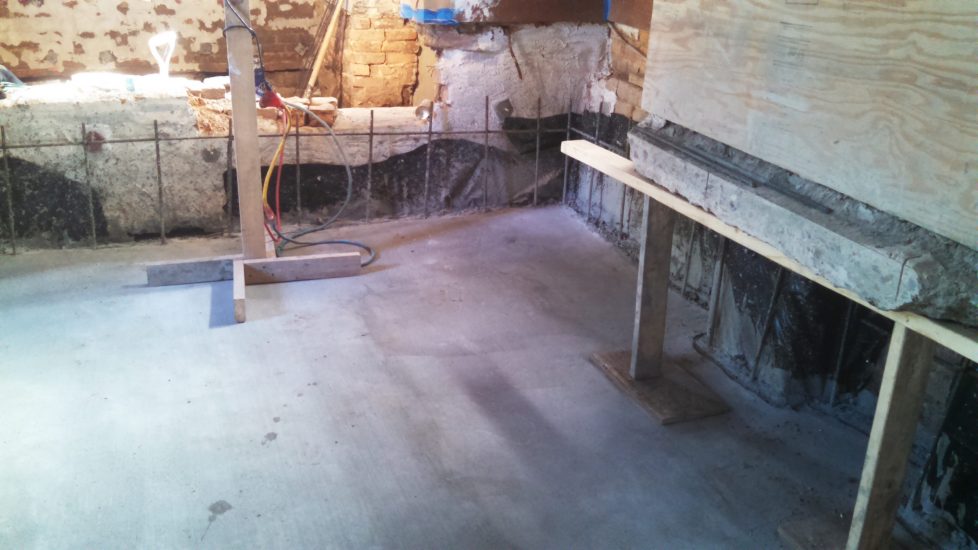
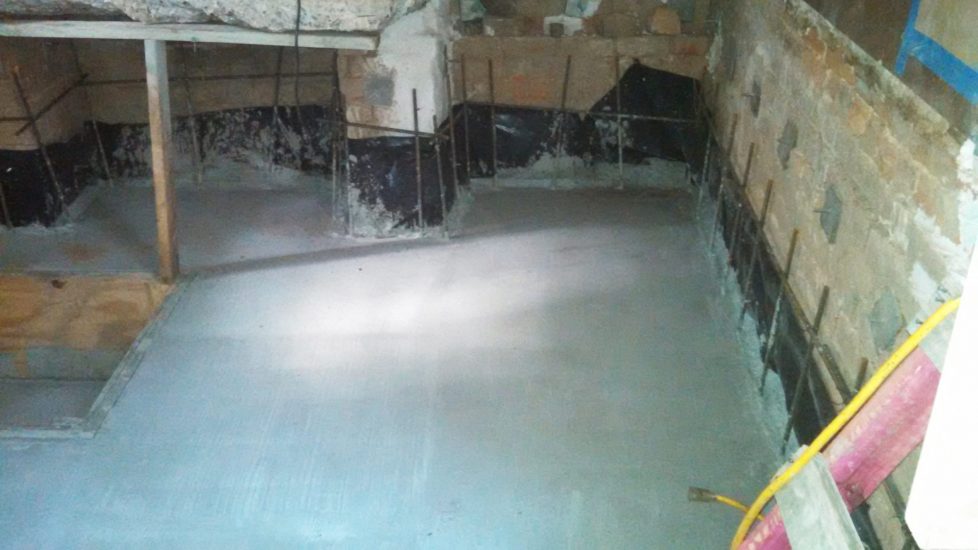
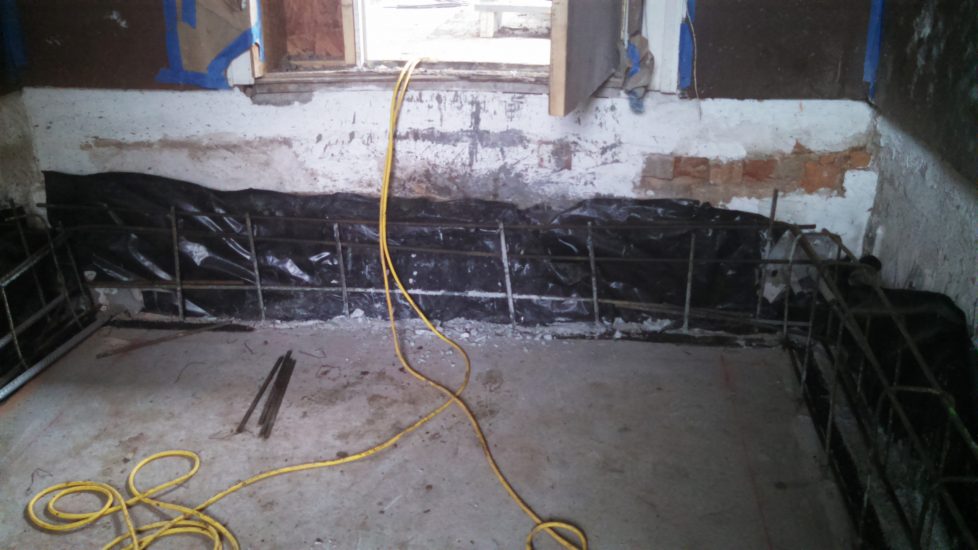
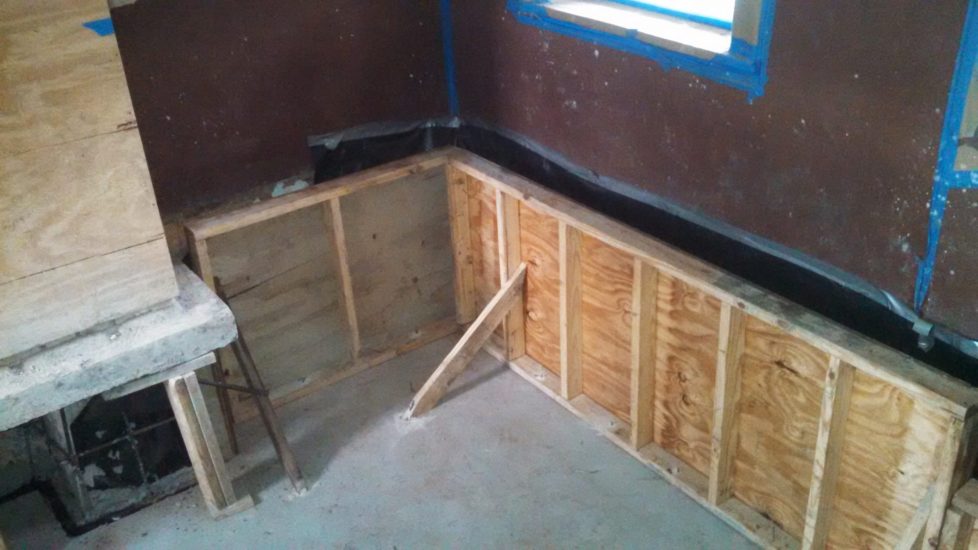
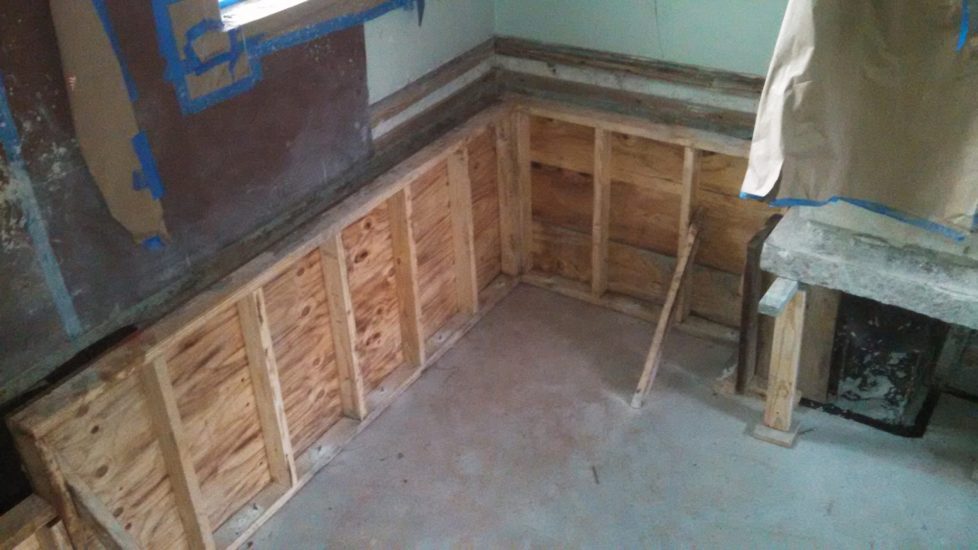
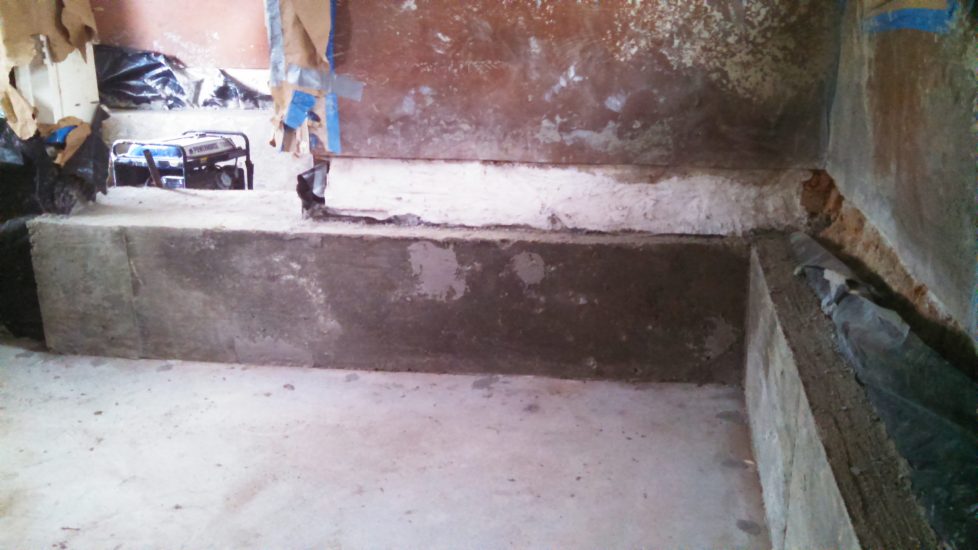
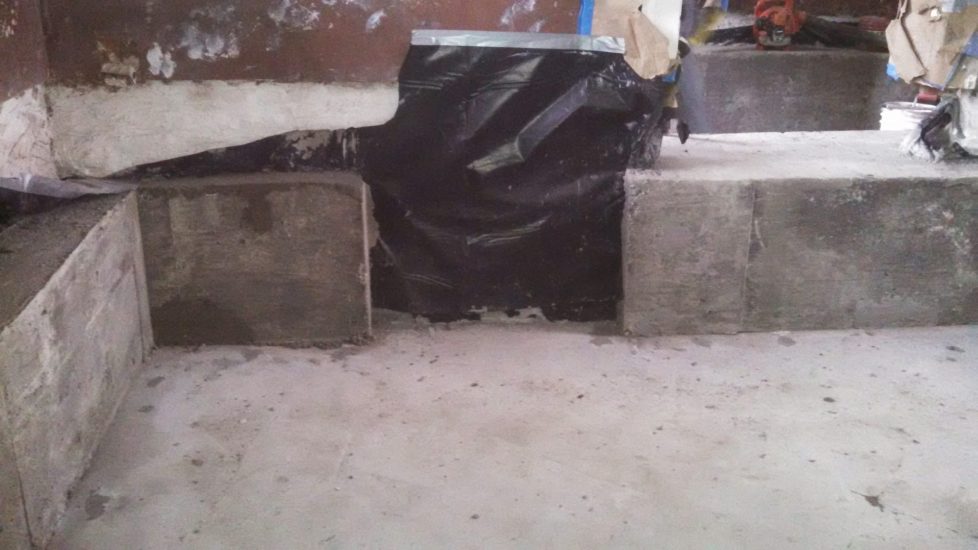
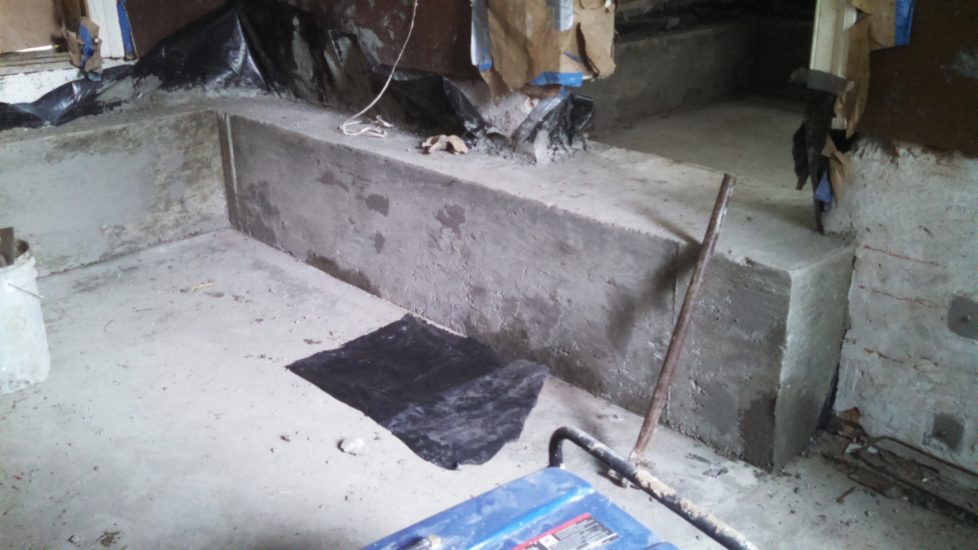
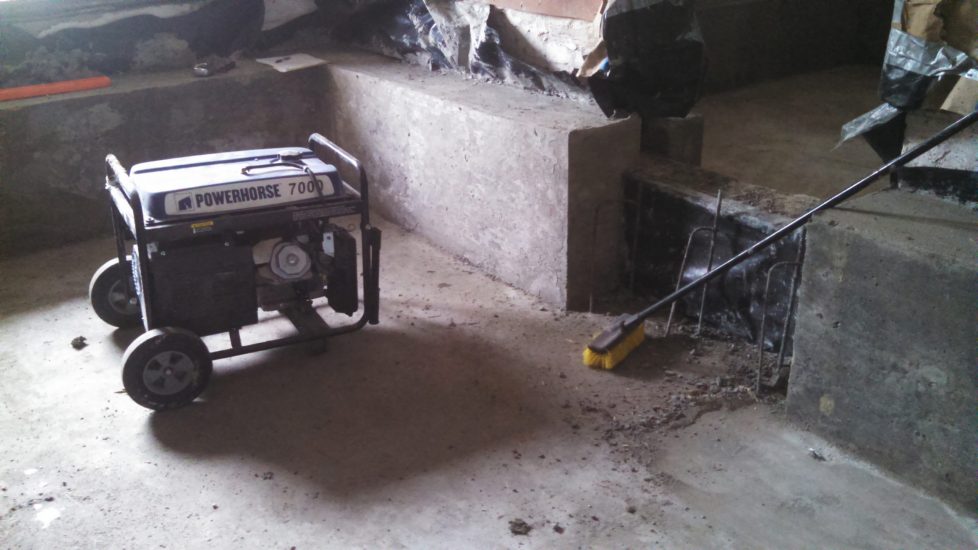
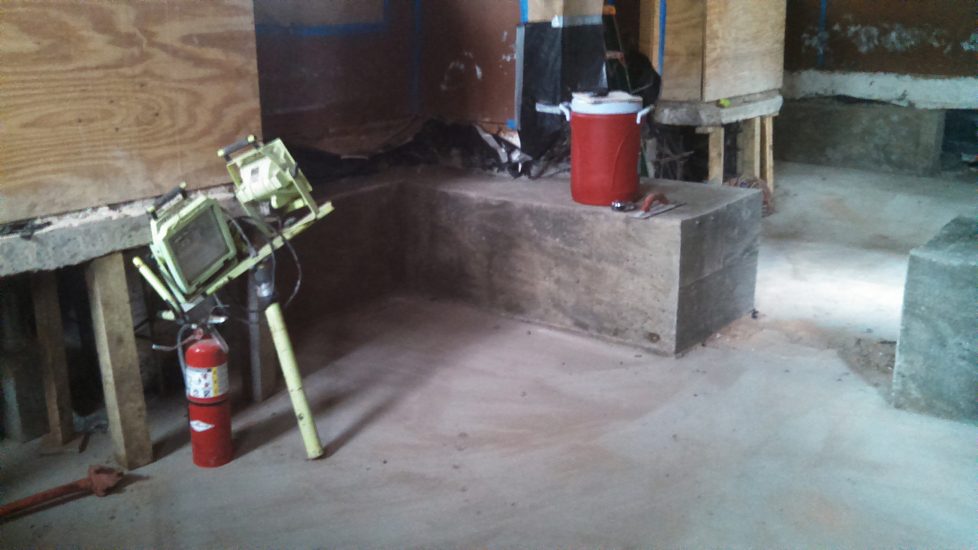
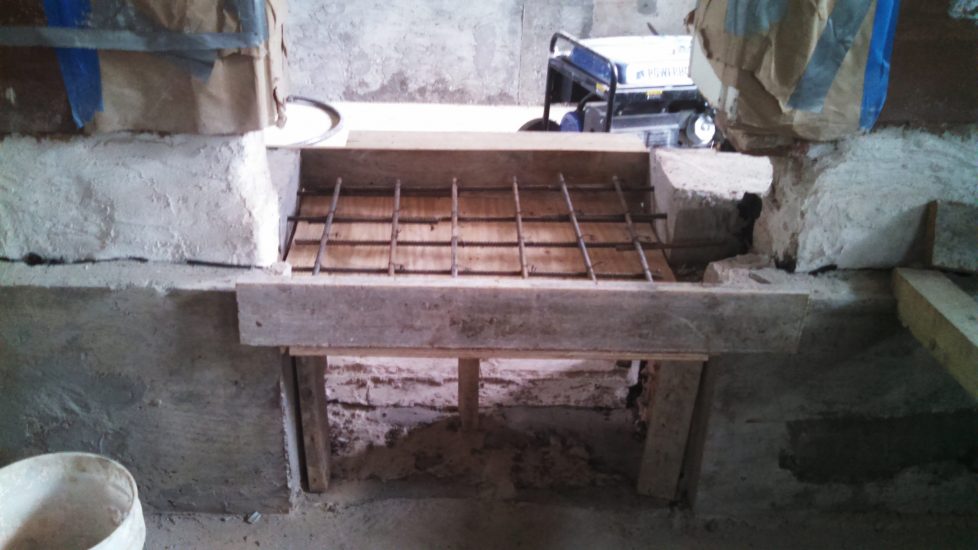
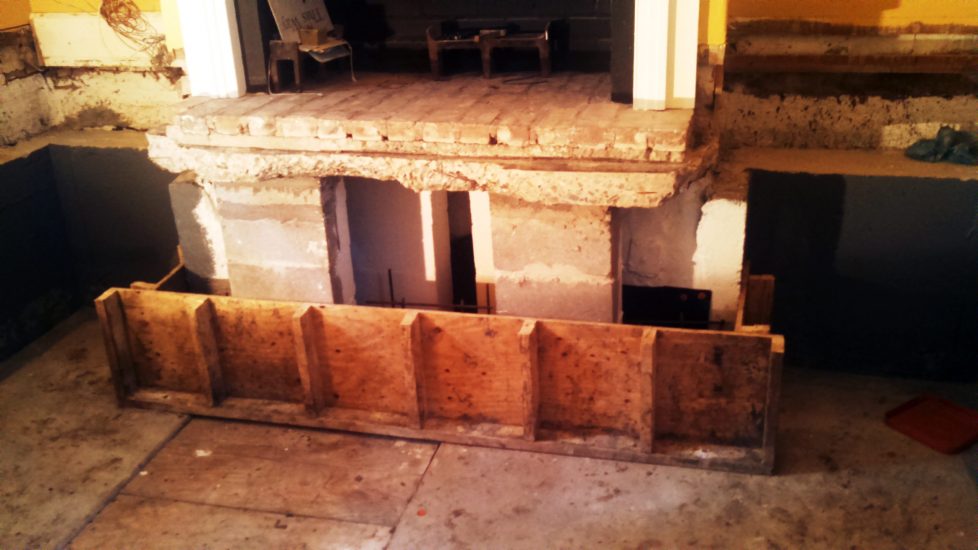
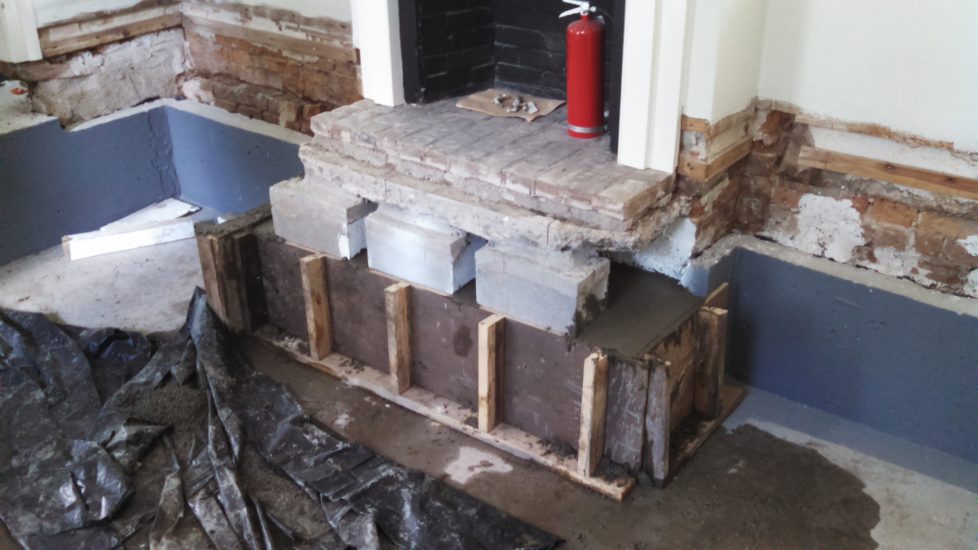
Interior Improvements
- We covered all interior walls with plywood, protective sheets, and masking paper to make sure no damage is caused.
- We reinforced existing masonry walls and used a special steel rod leveling method to set the building straight.
- We followed this up with patching brick and damaged mortar, smoothing out the sides of the existing footings.
- We removed all flooring in rooms affected by foundation failure. We framed up a new foundation and poured new footings & slab.
- Success!
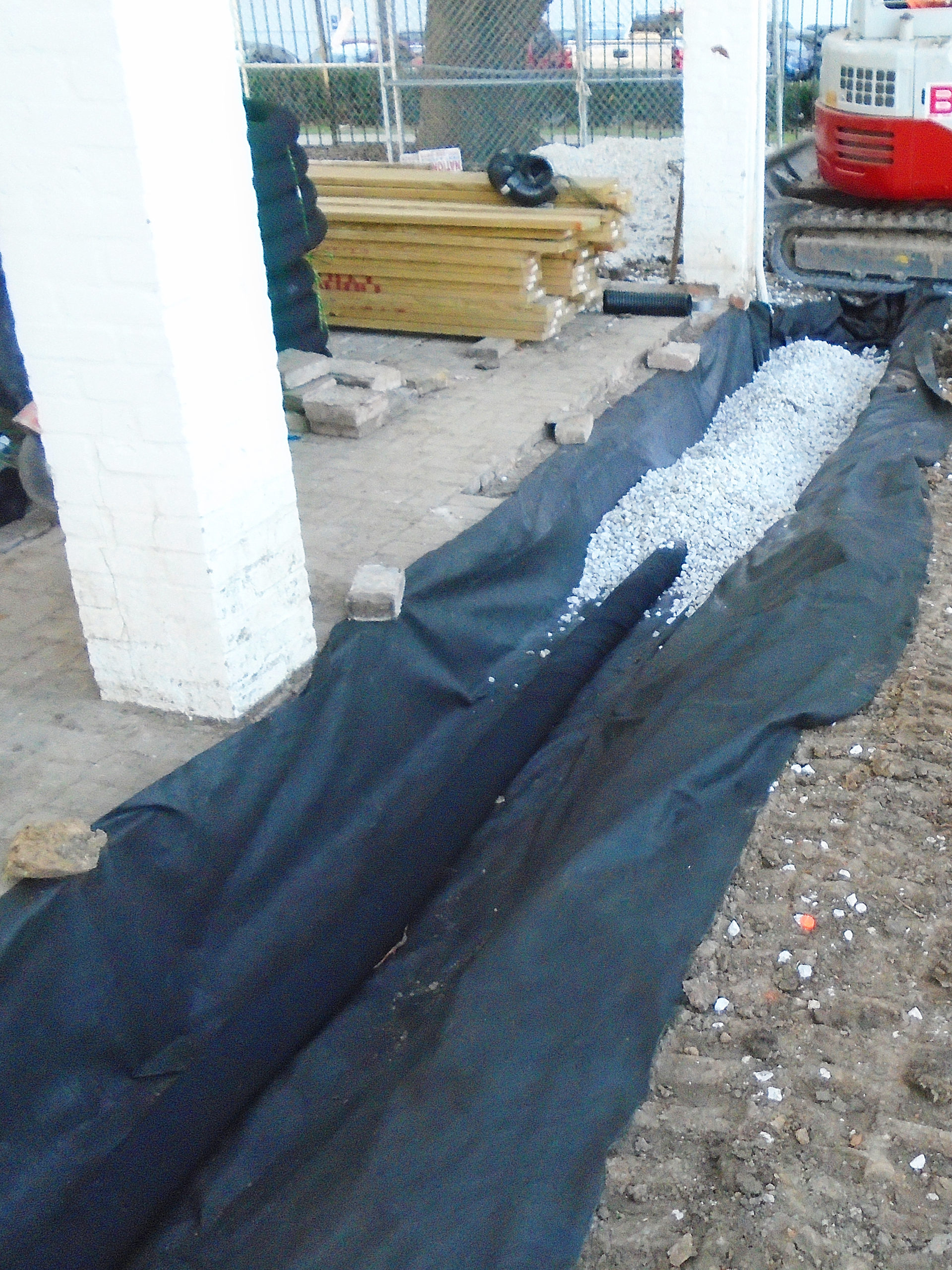
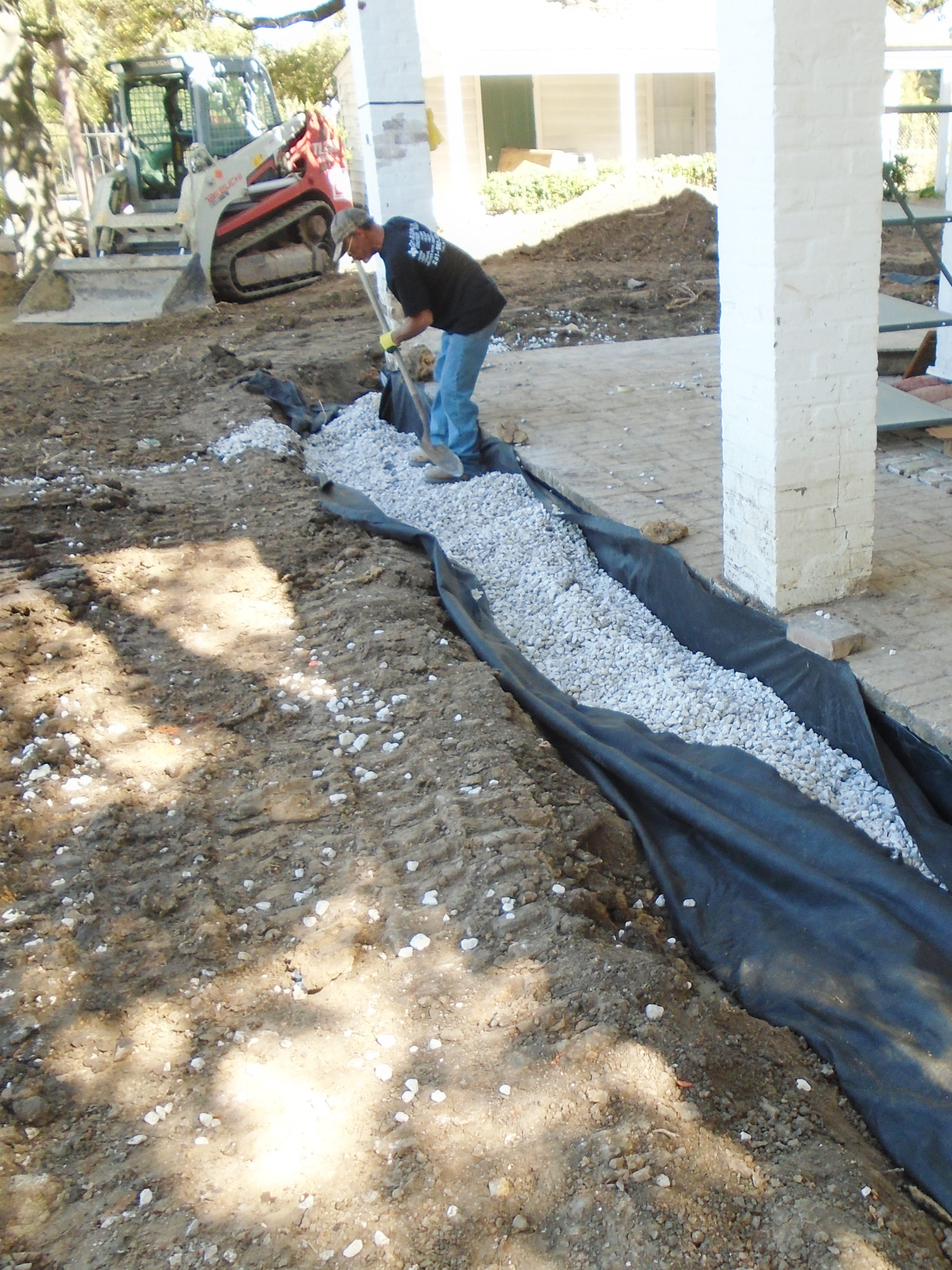
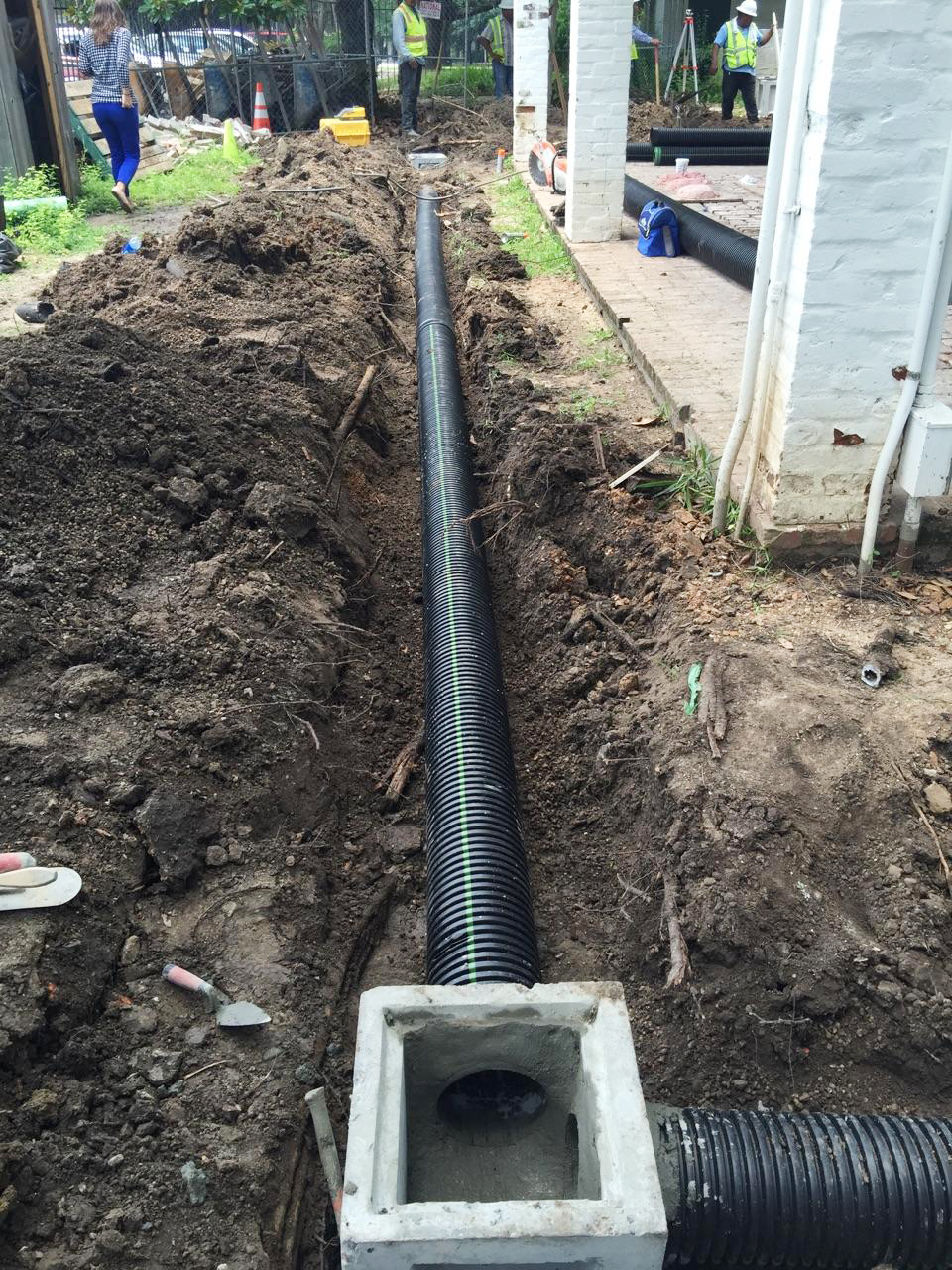

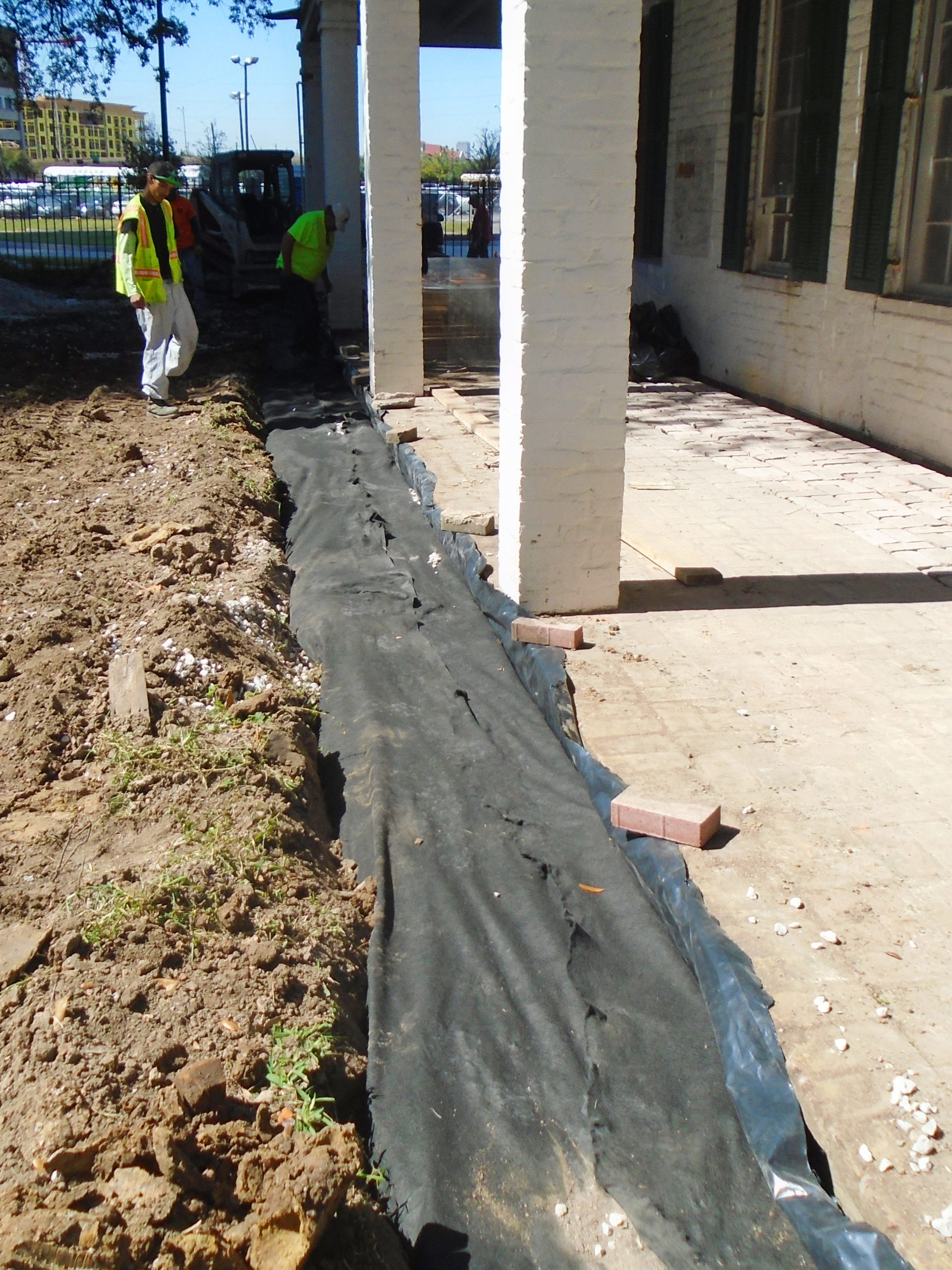
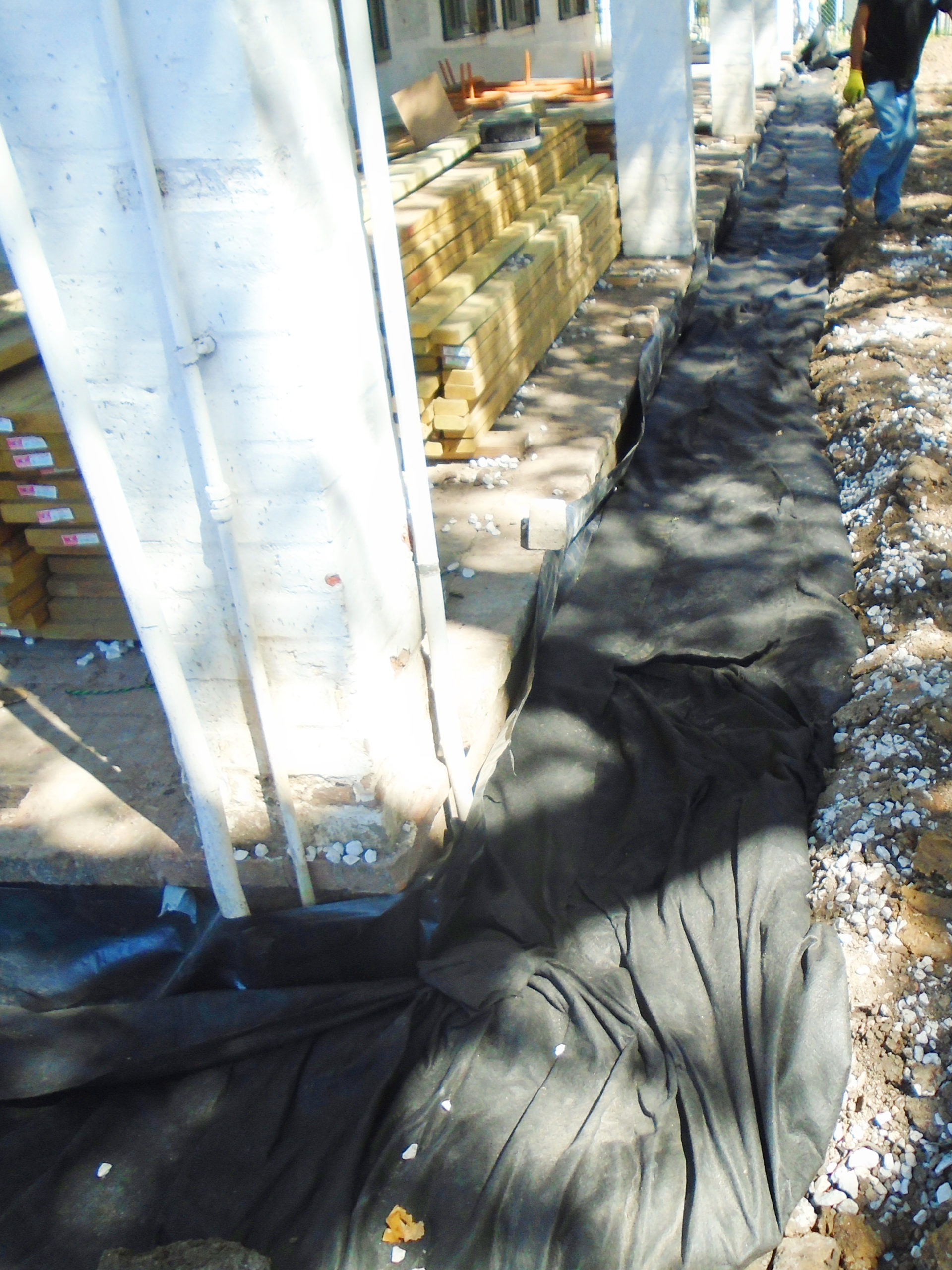
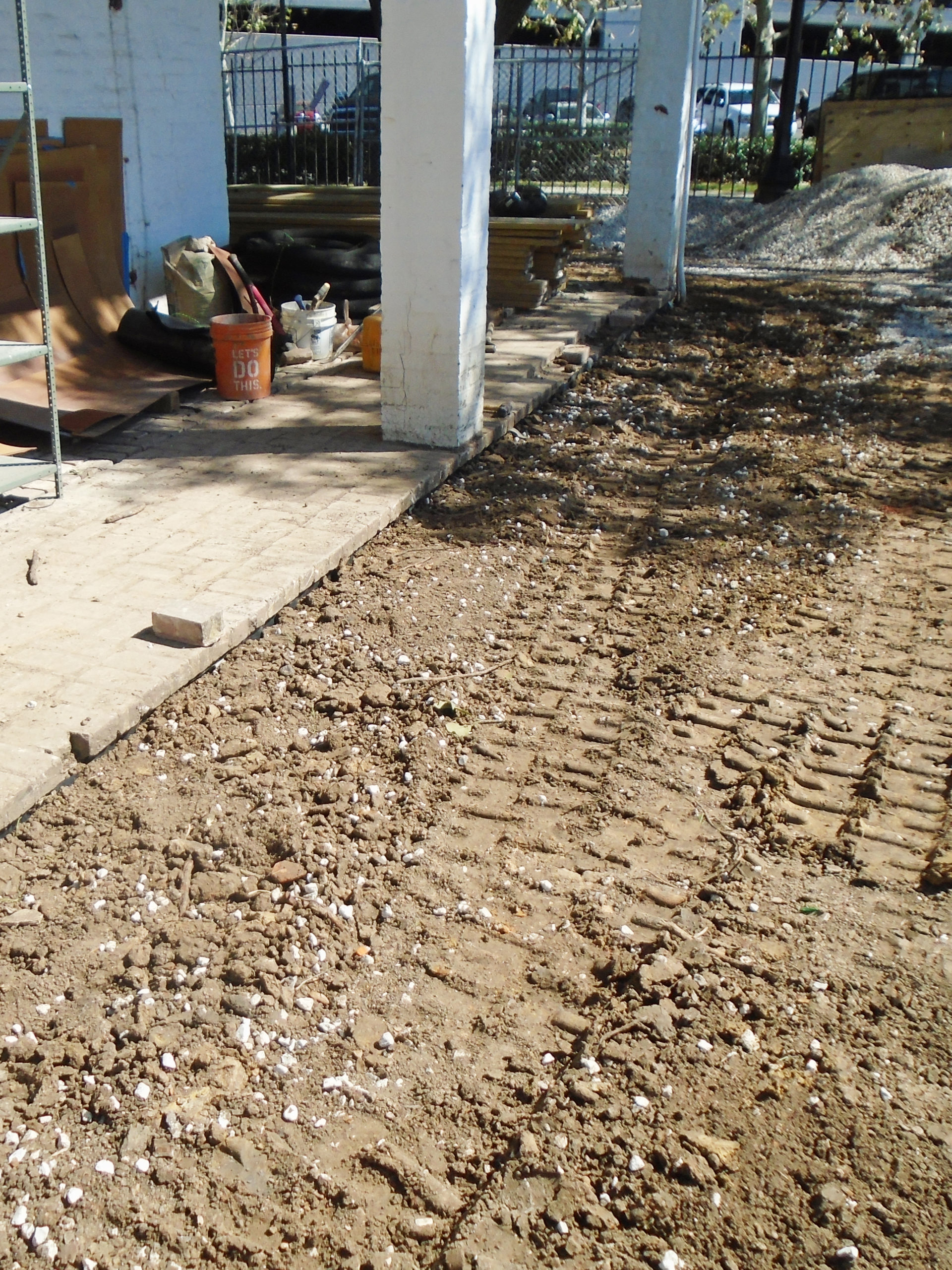
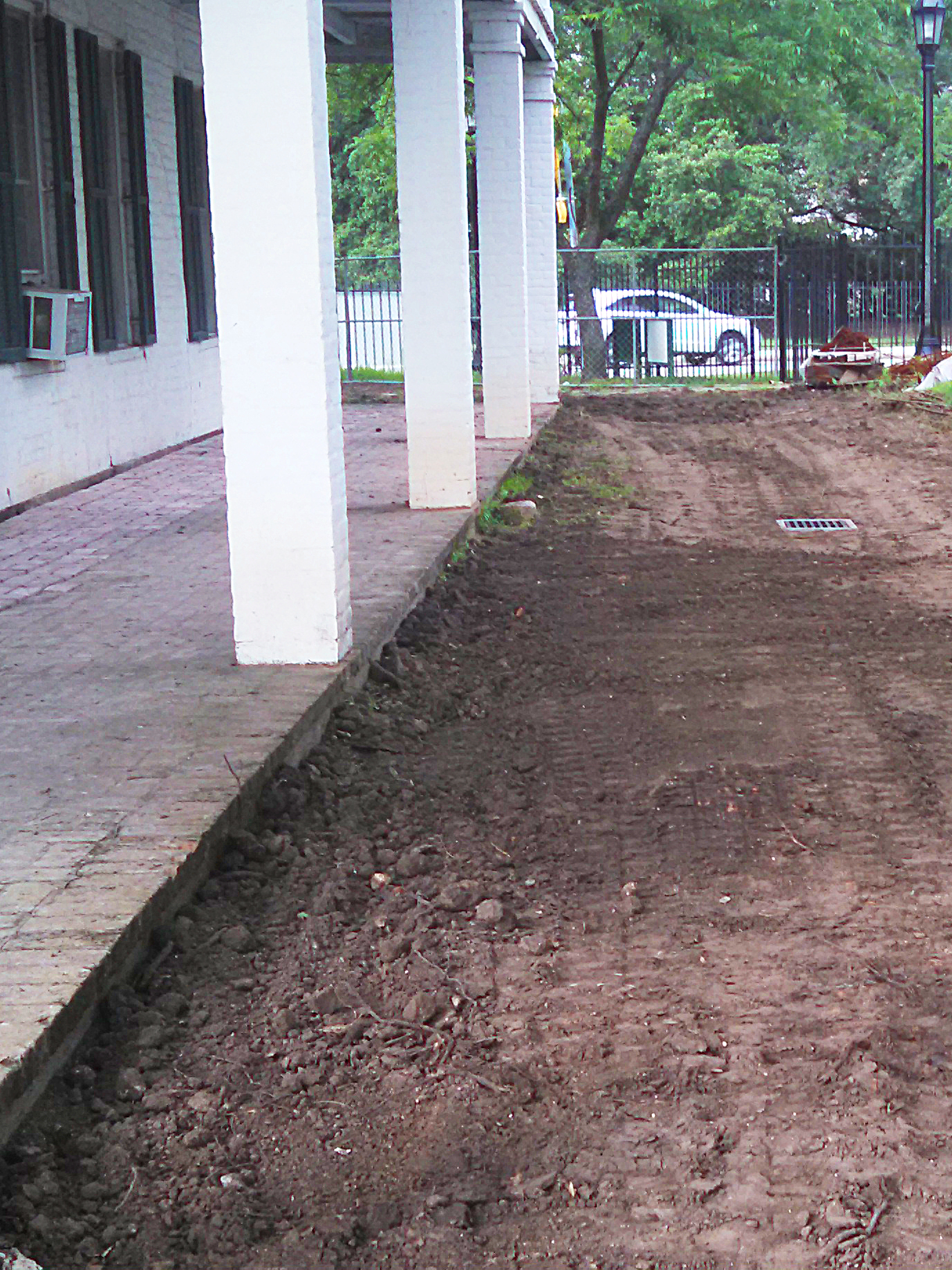
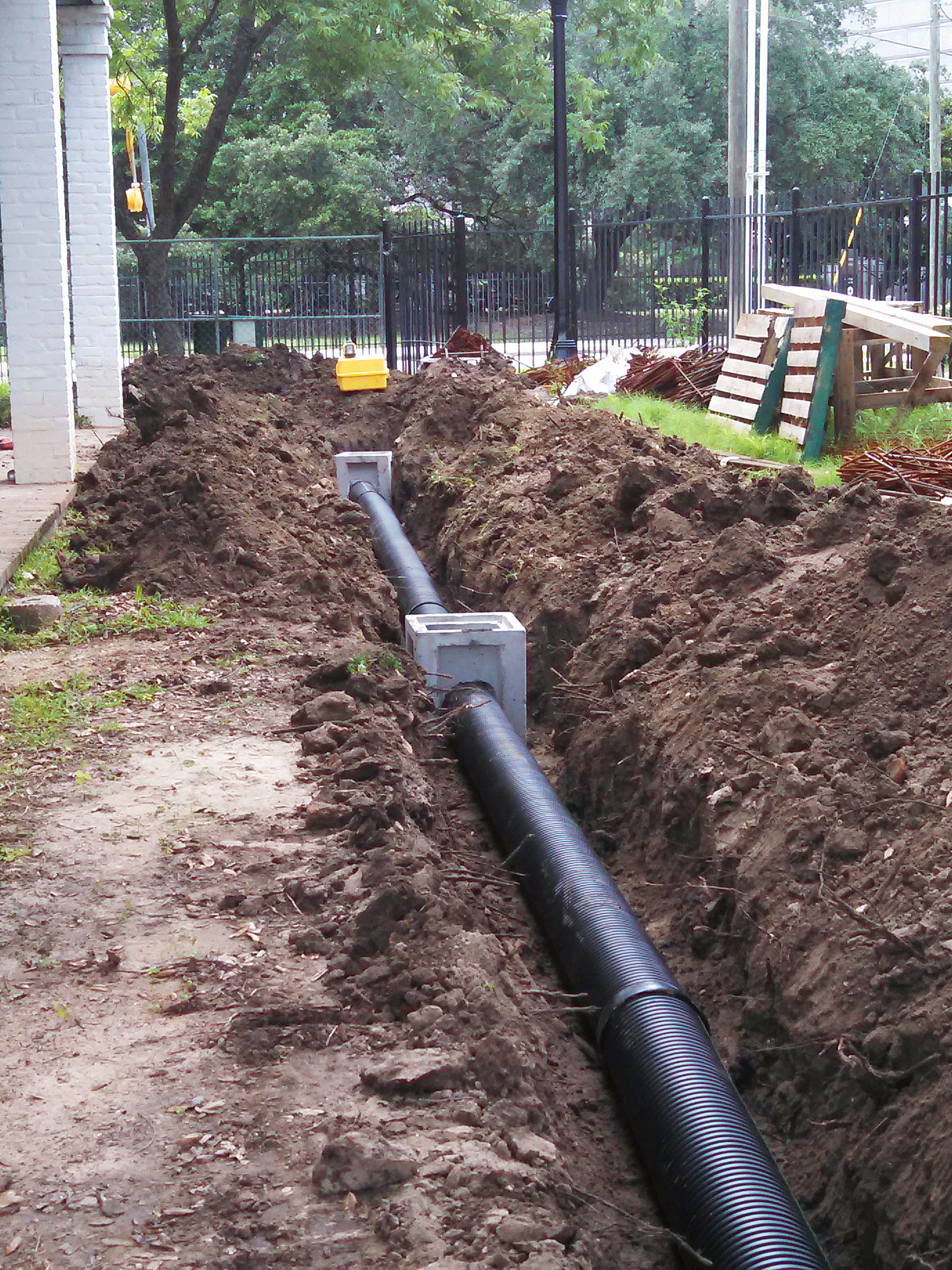
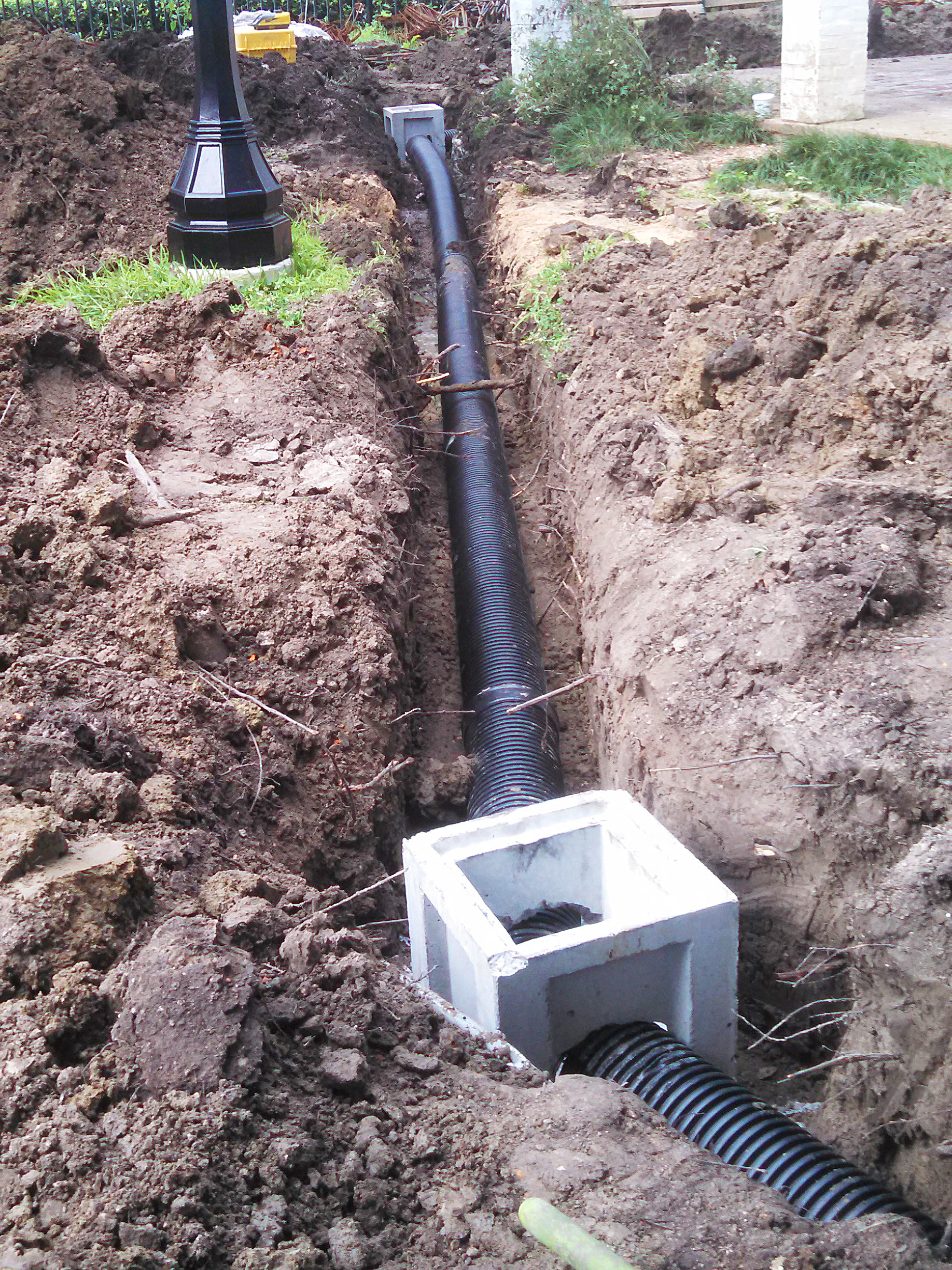

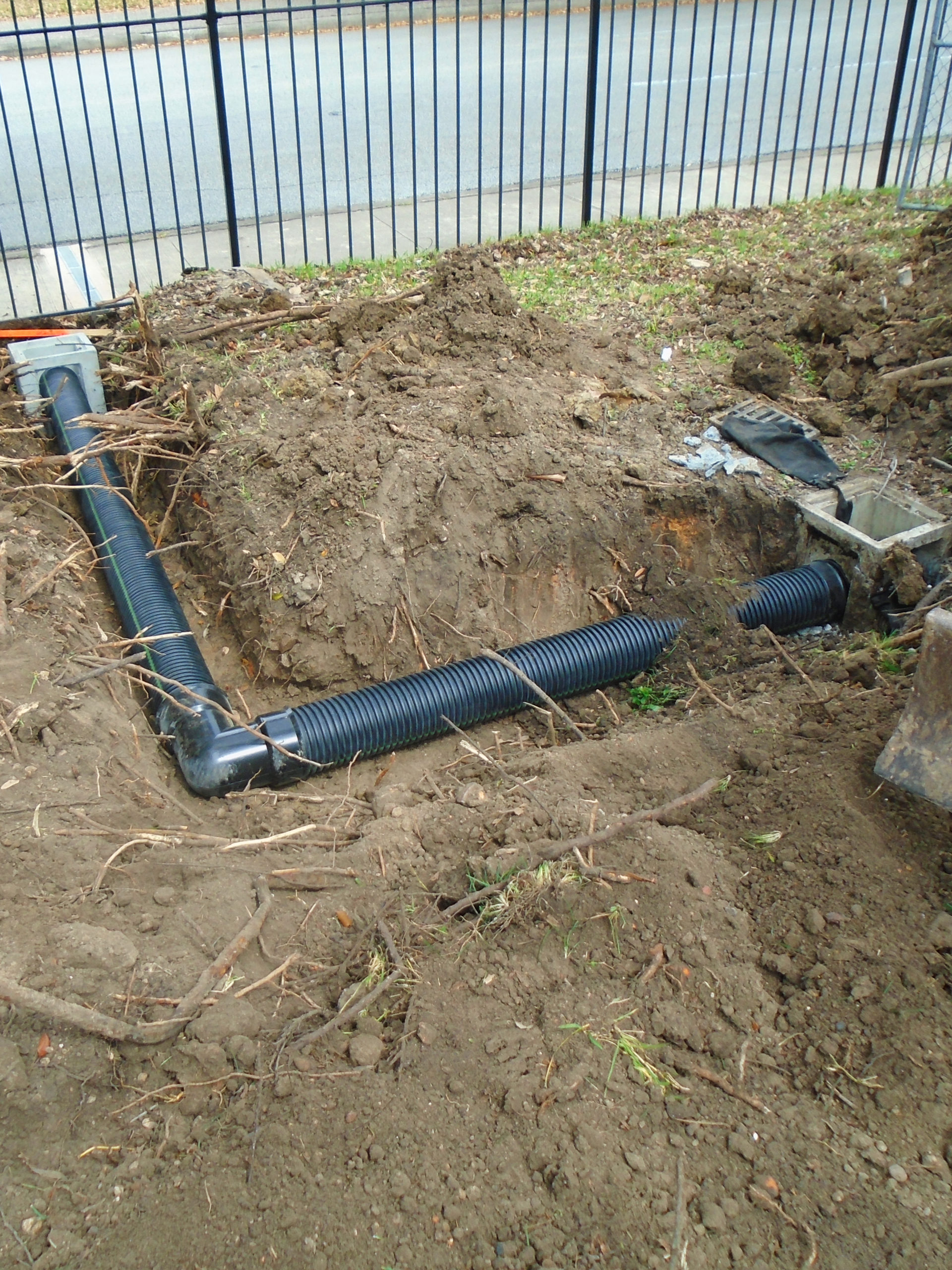
Drainage
To prevent water from pooling we installed drainage around the perimeter of the building.
When water pools around a building, it can seep through and saturate the soils below. As soils expand and contract due to moisture content, the foundation begins to fail, as it cannot withstand the earth pressures exerted on it.
Our solution will prevent recurring damages to the newly repaired foundation, we hope for at least another 150 years. Some say it is wishful thinking, but we call it properly installed drainage. That’s what it is supposed to do.
Look, we’re not saying this loosely, we are putting the reputation of our material supplier on the line!
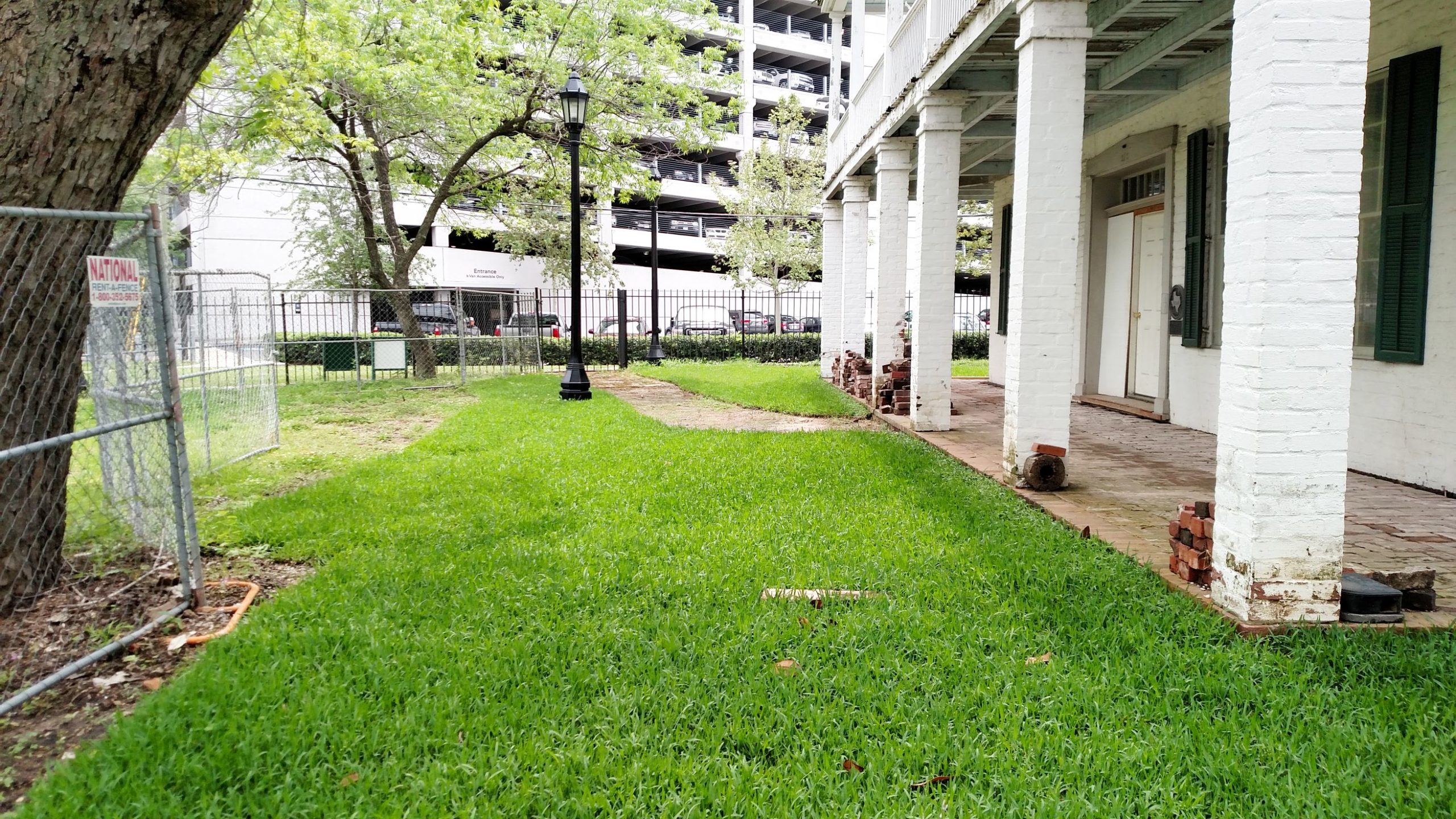
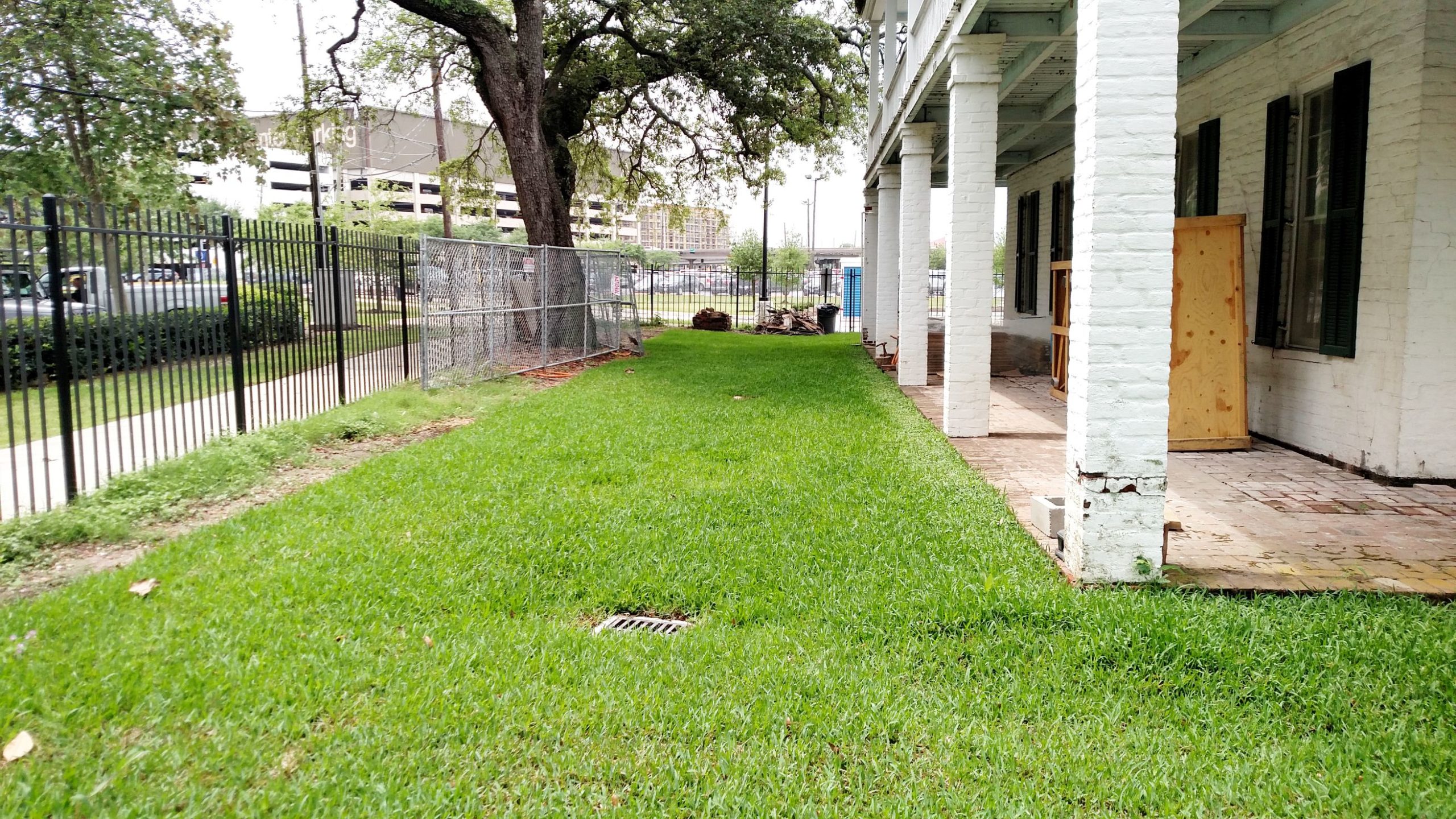
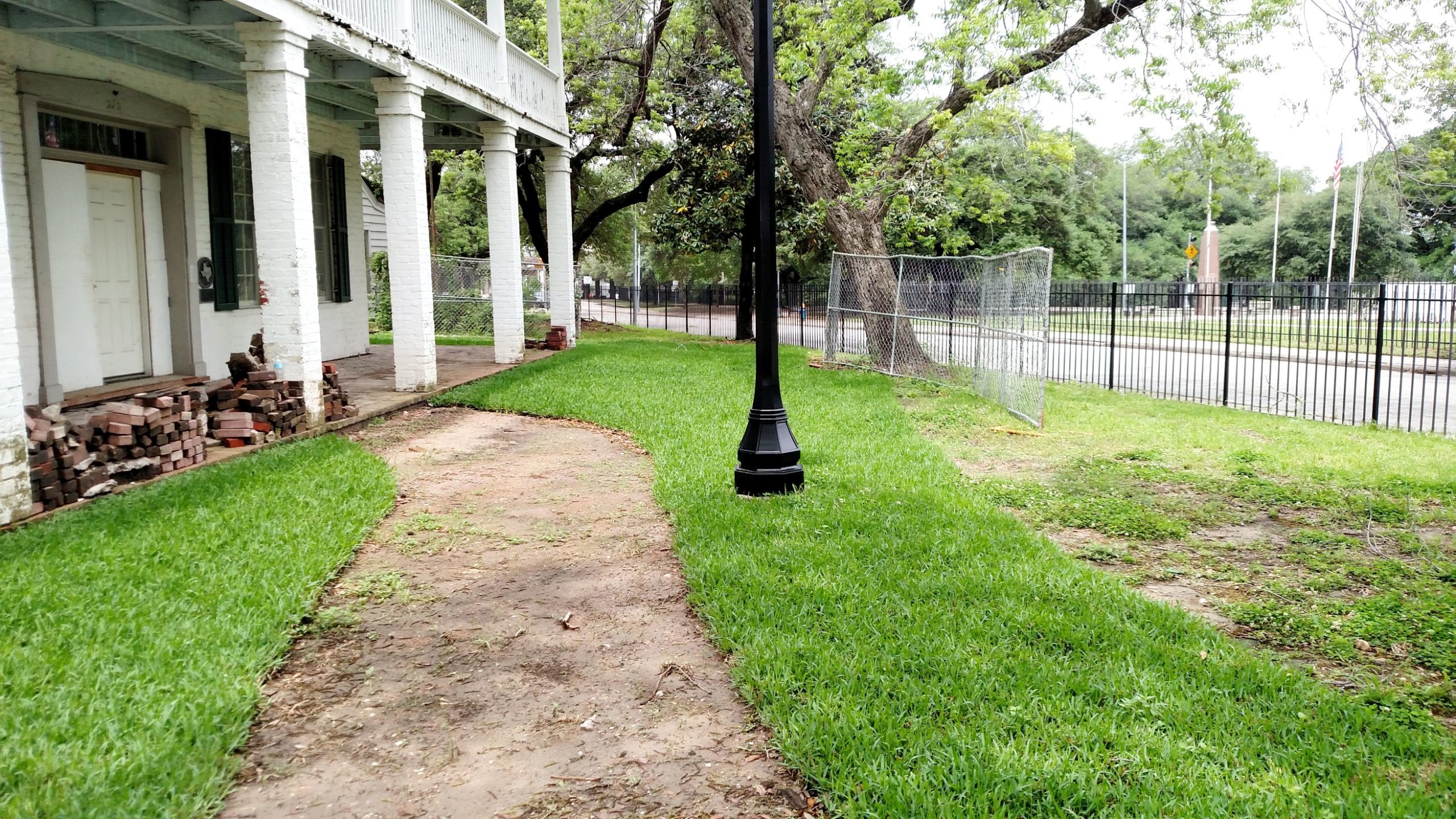
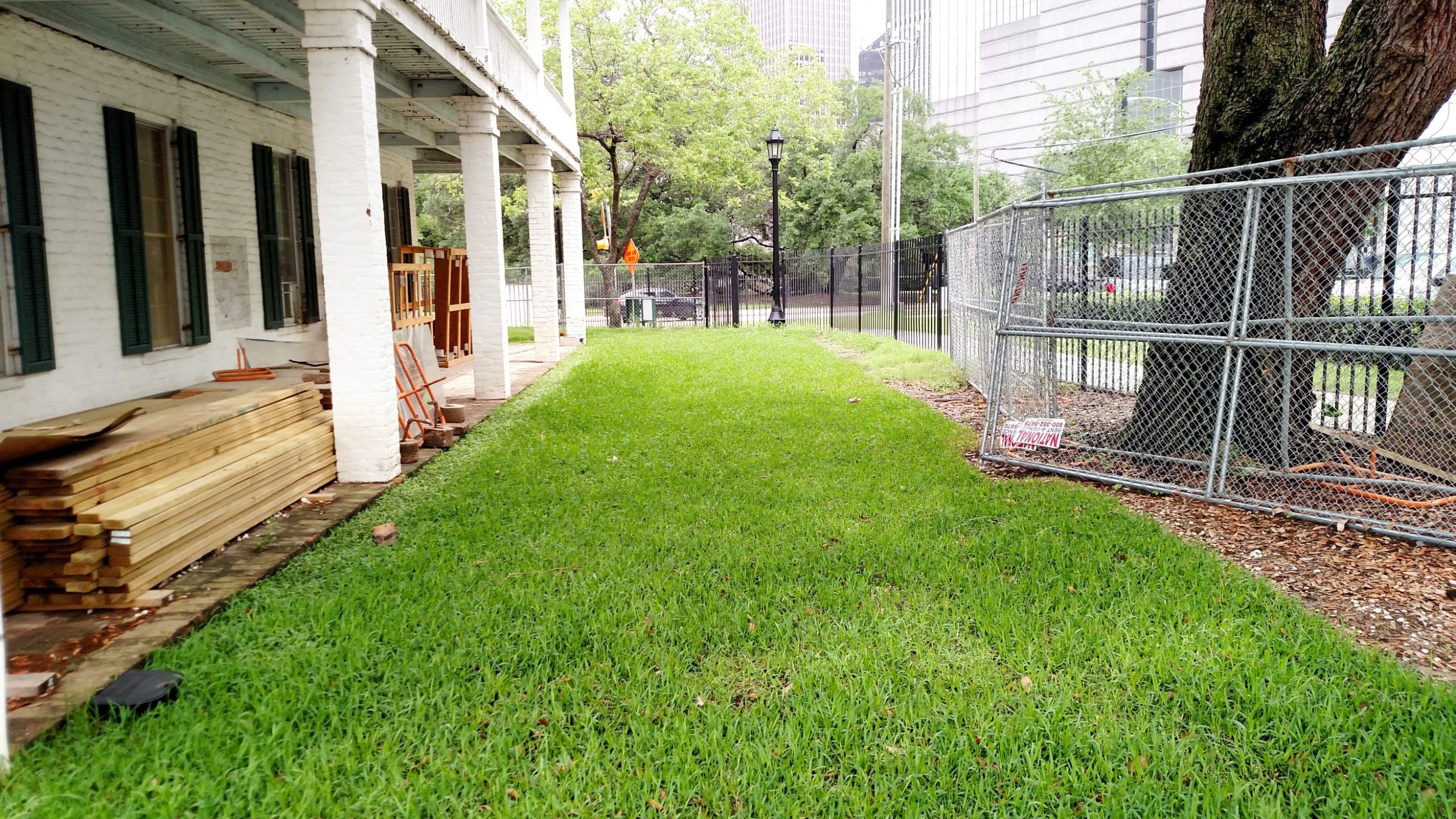
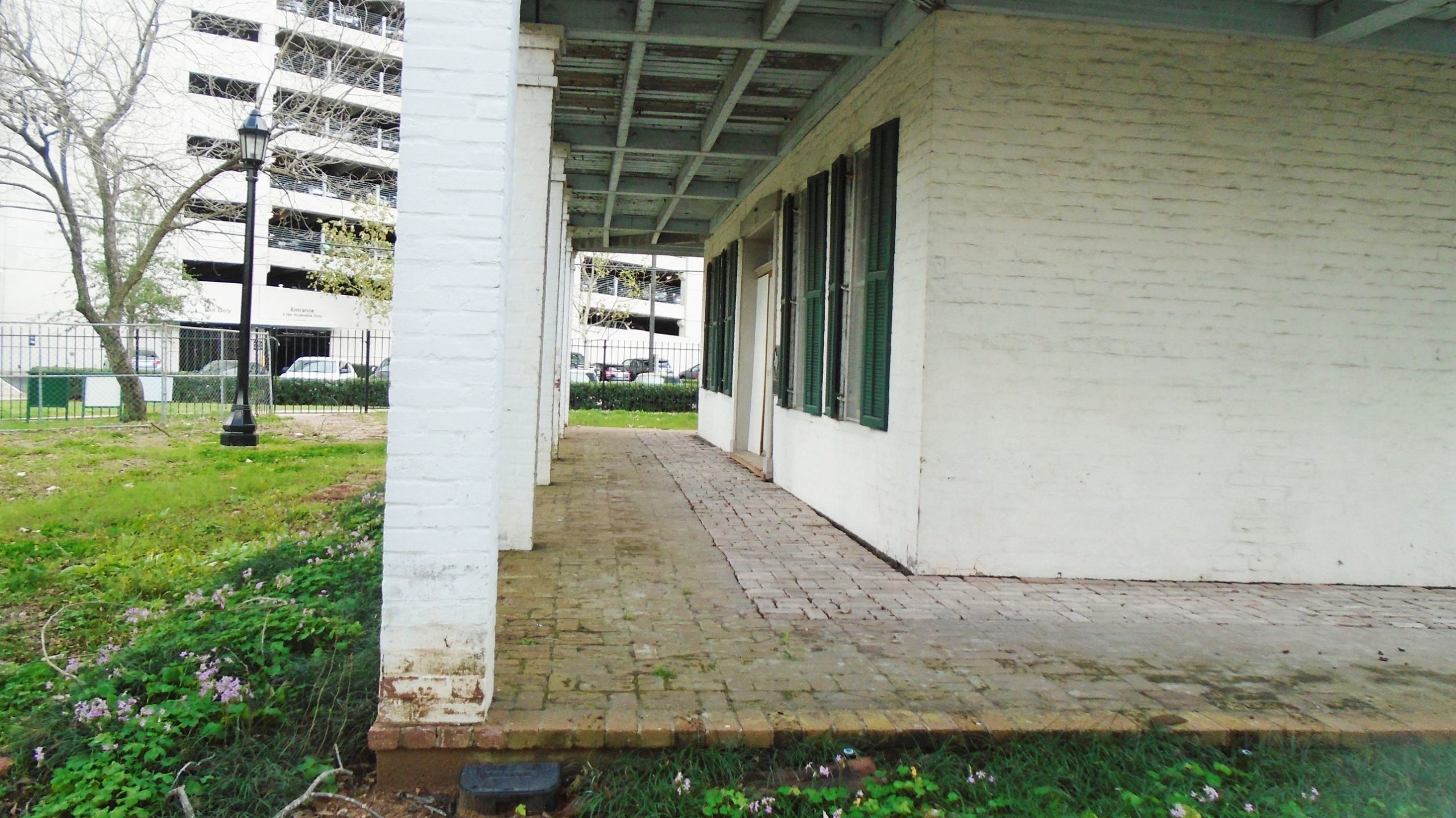
Finished project with repaired foundation, new walkway, drainage, and updated landscaping.